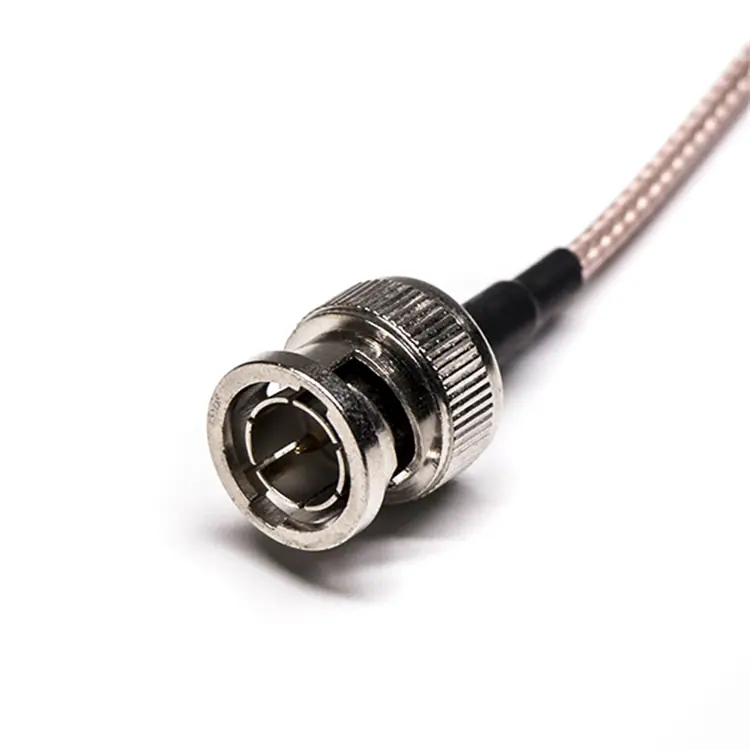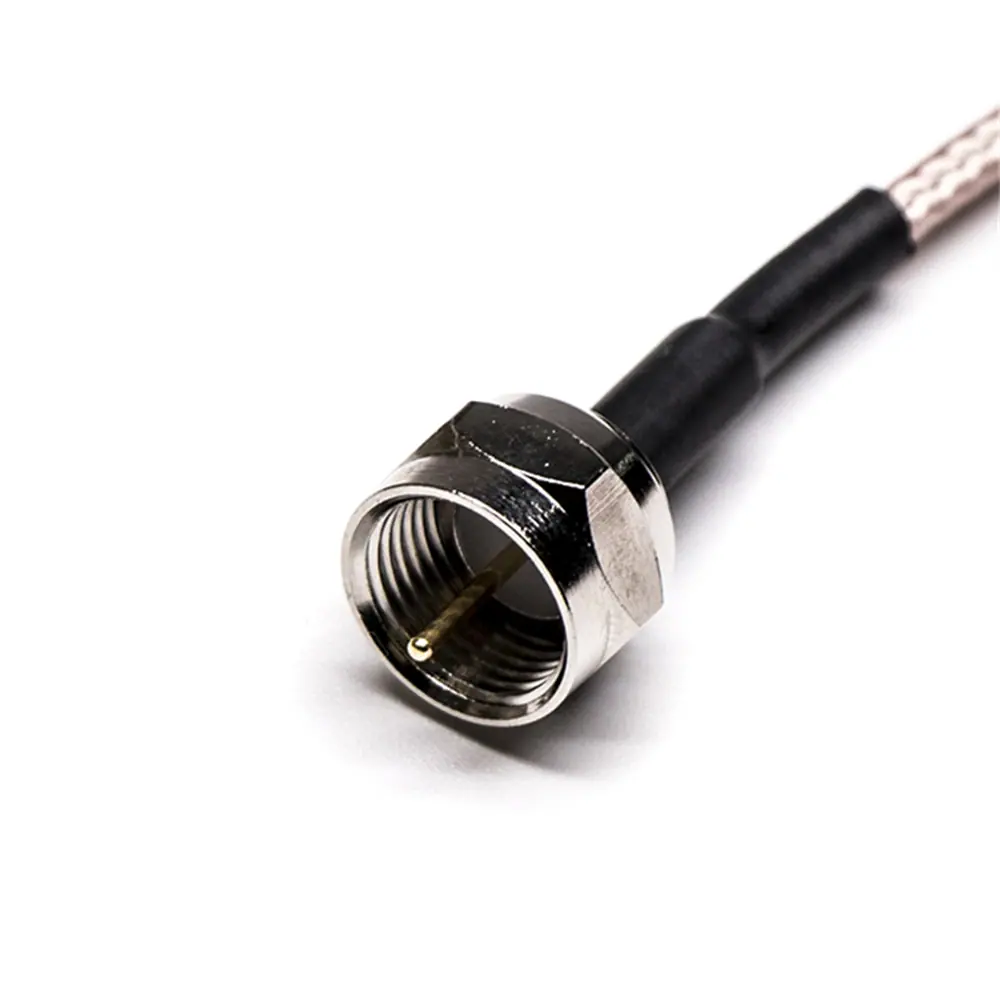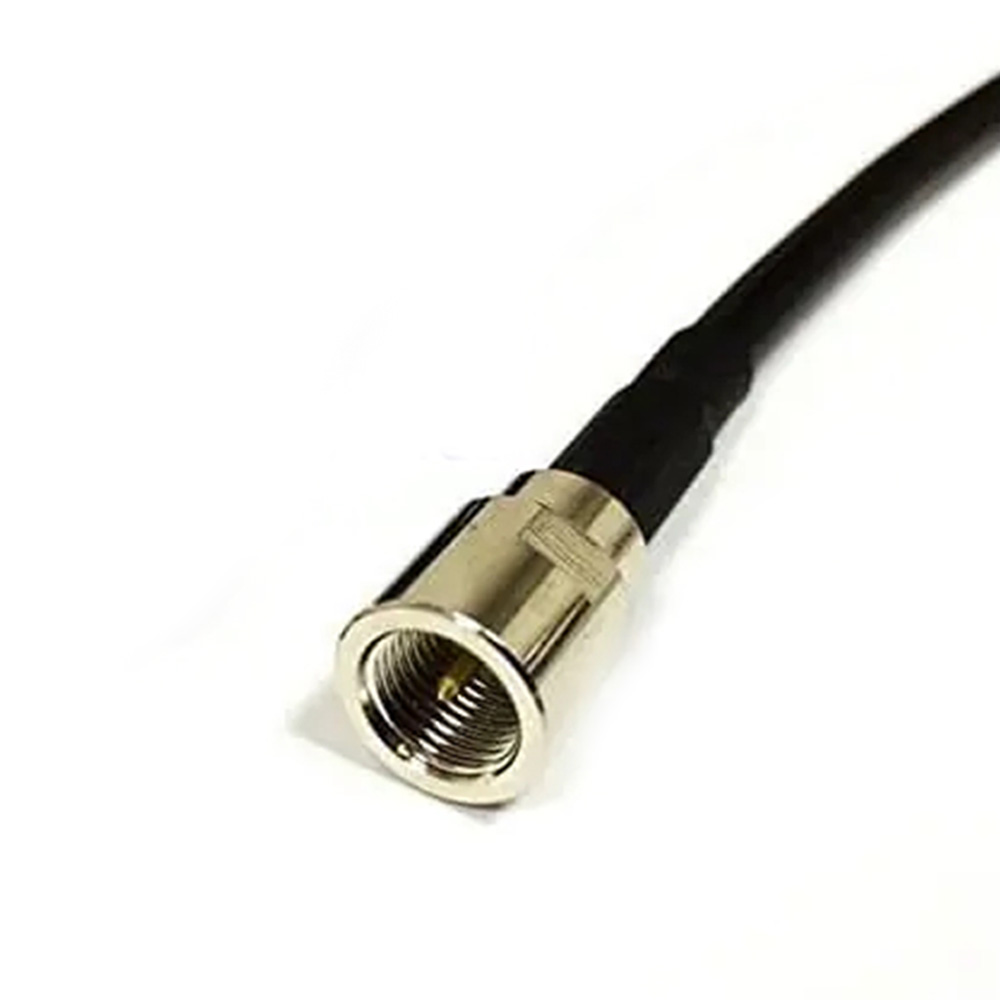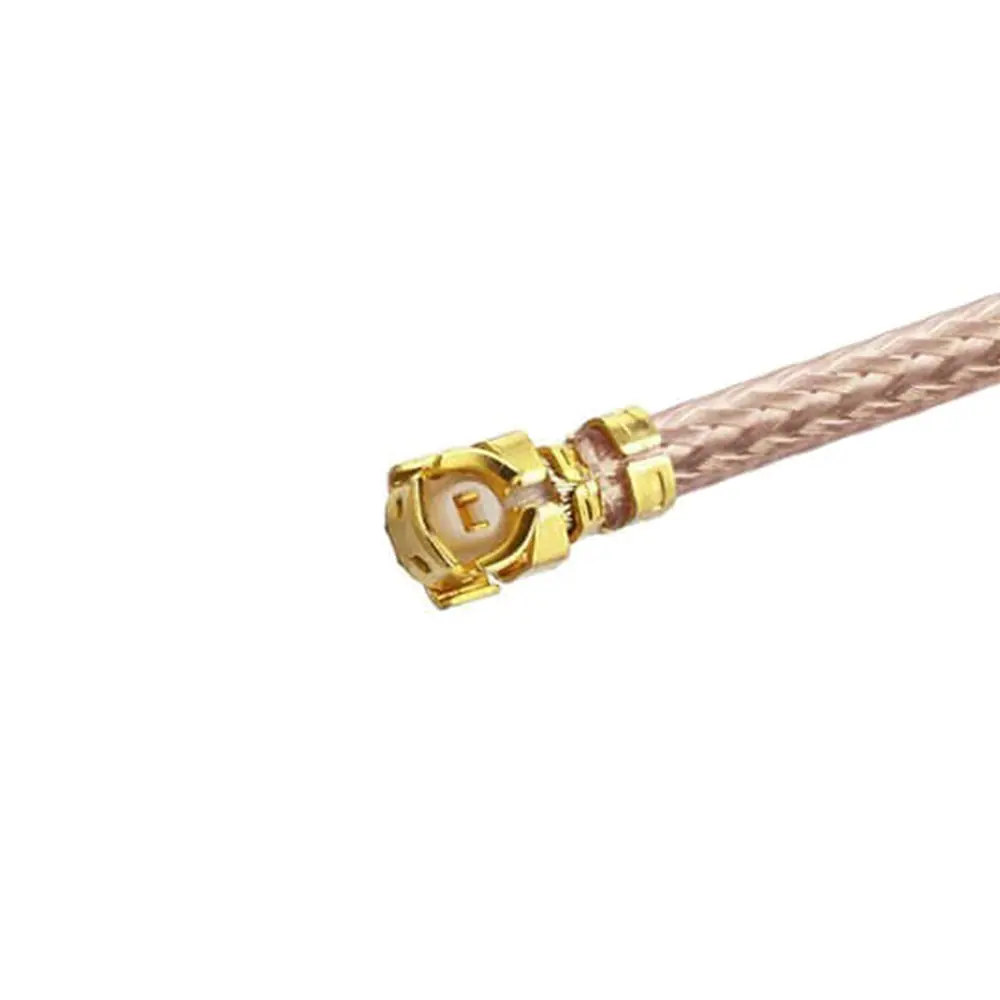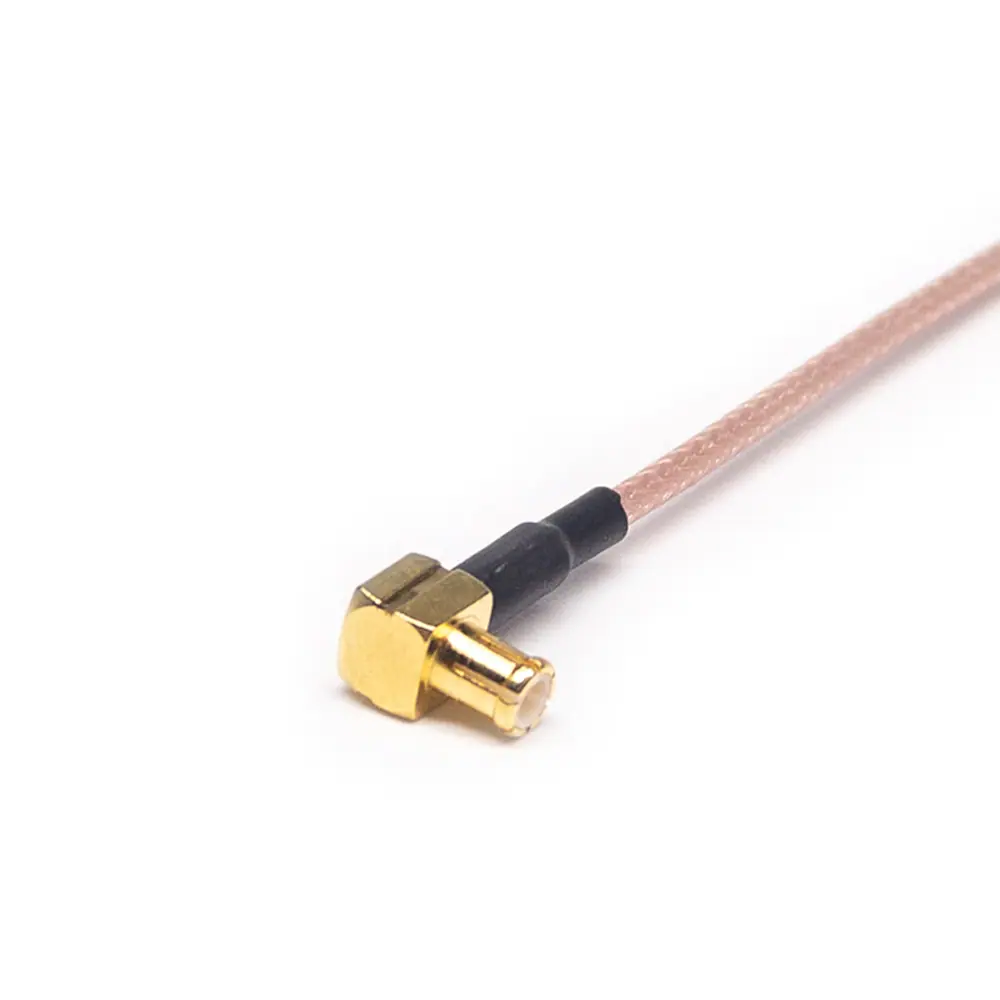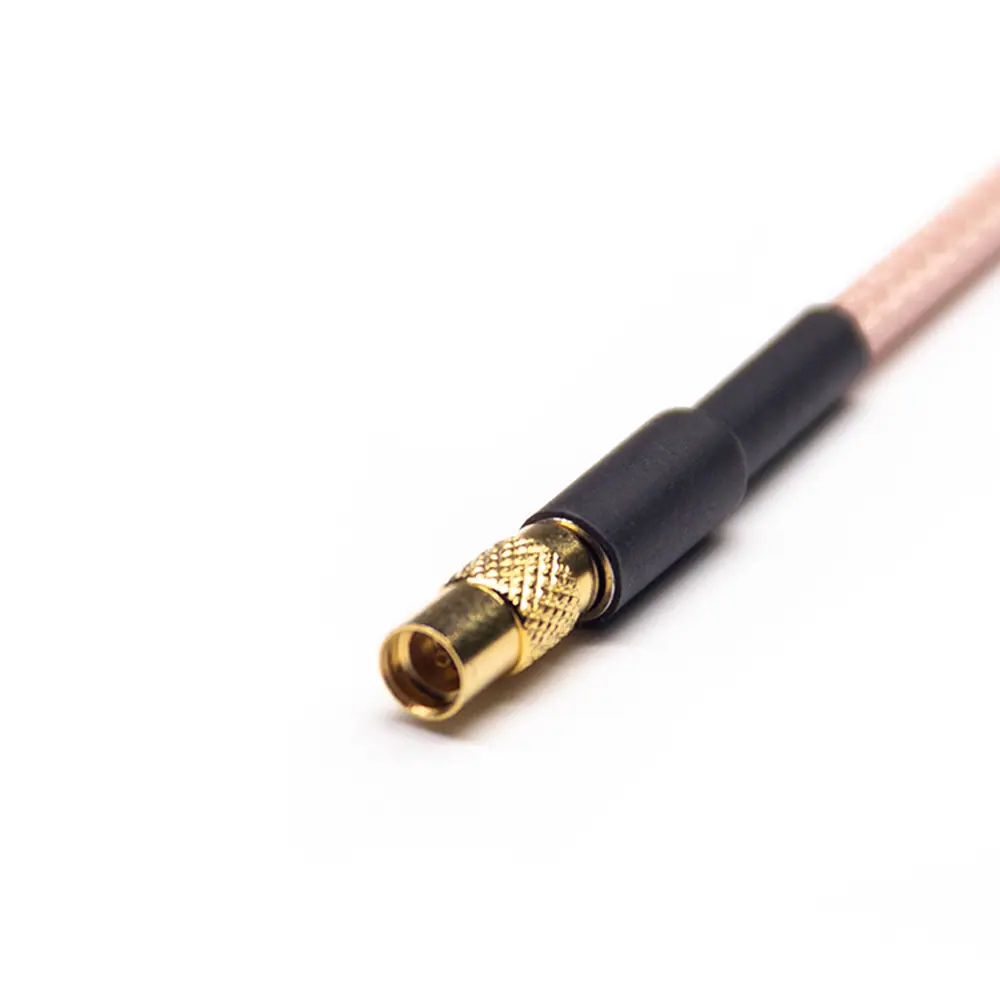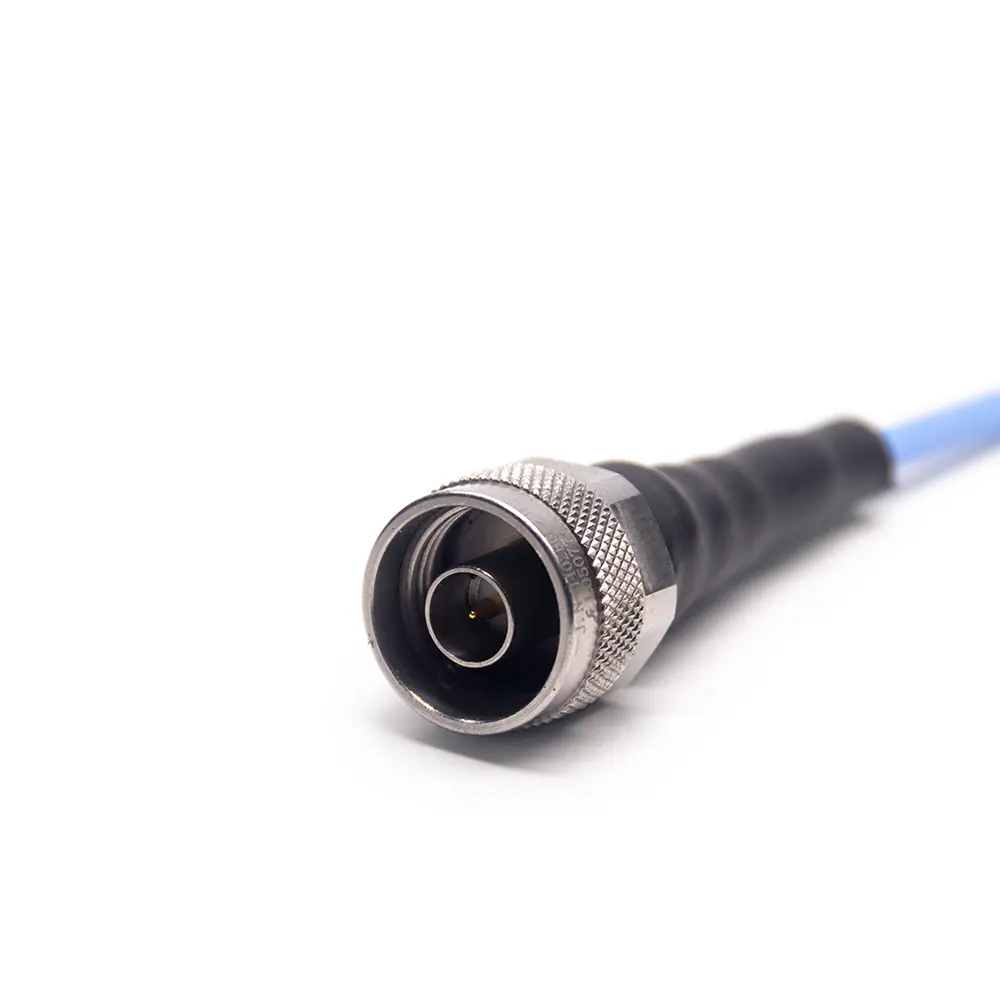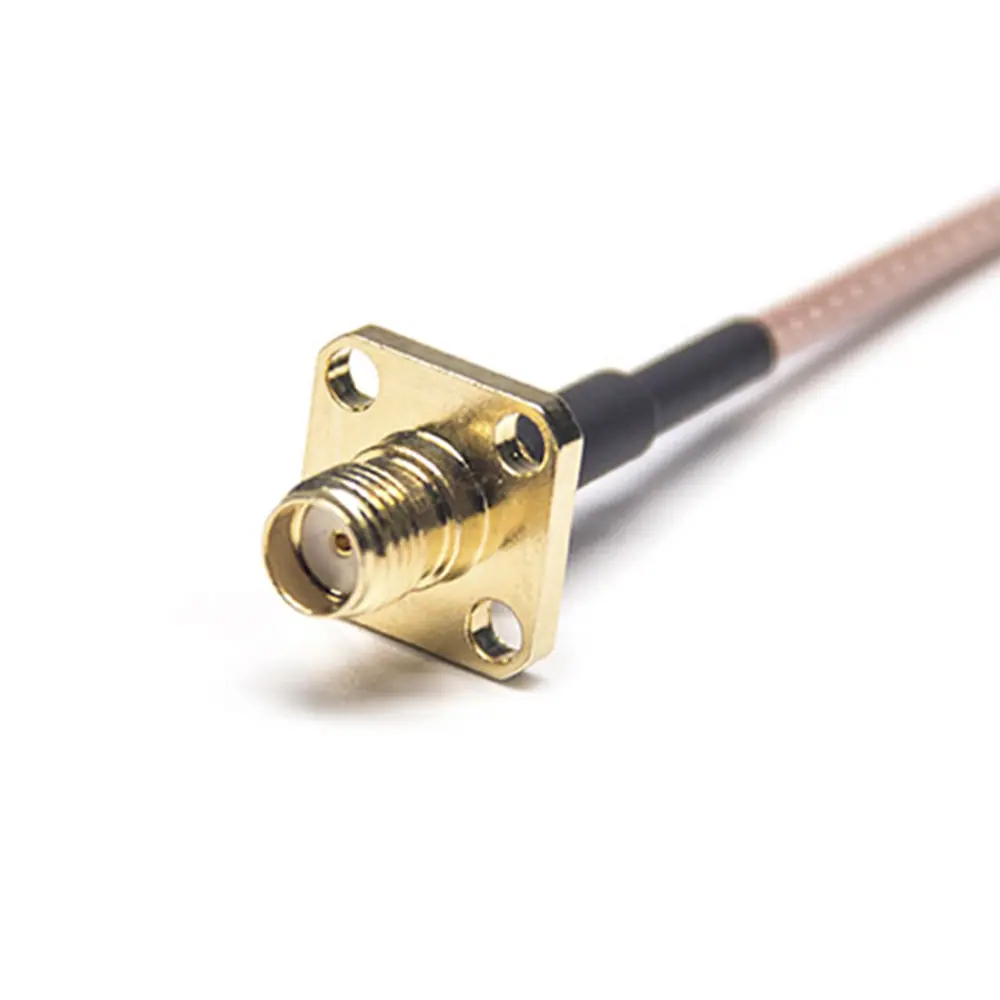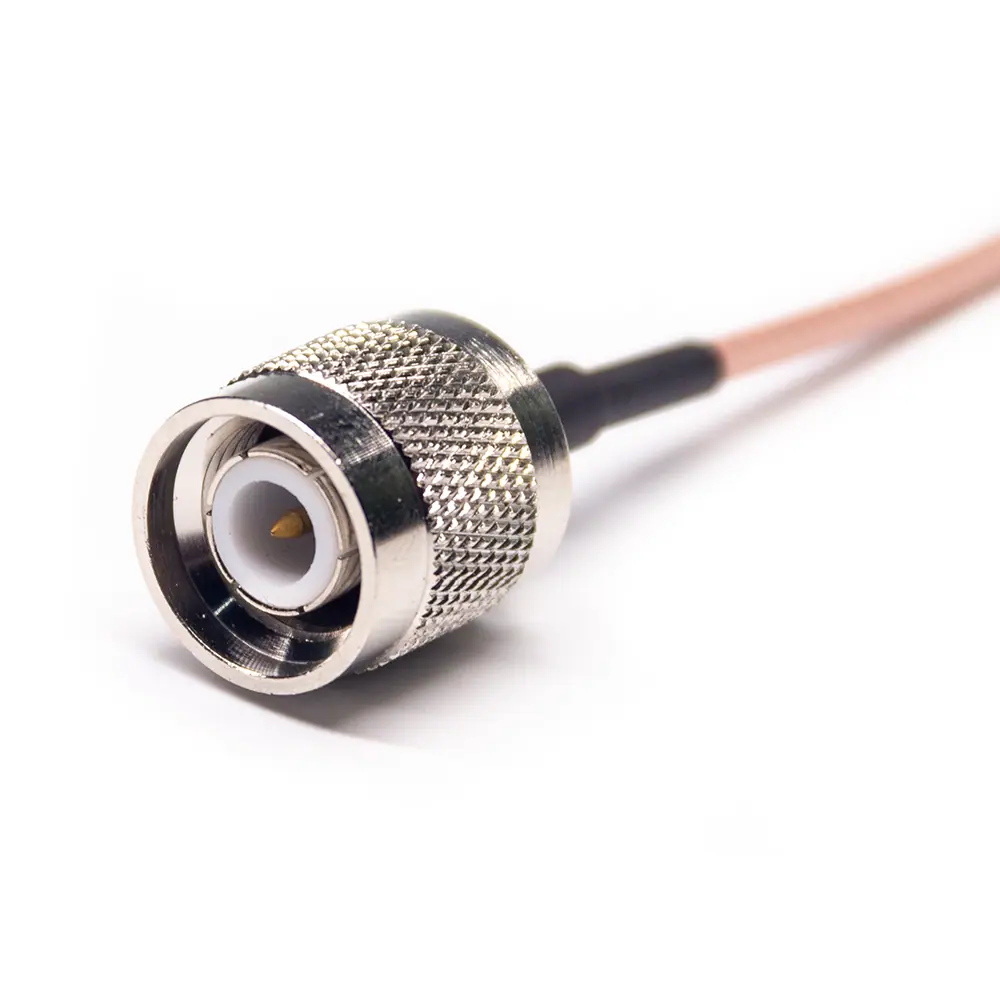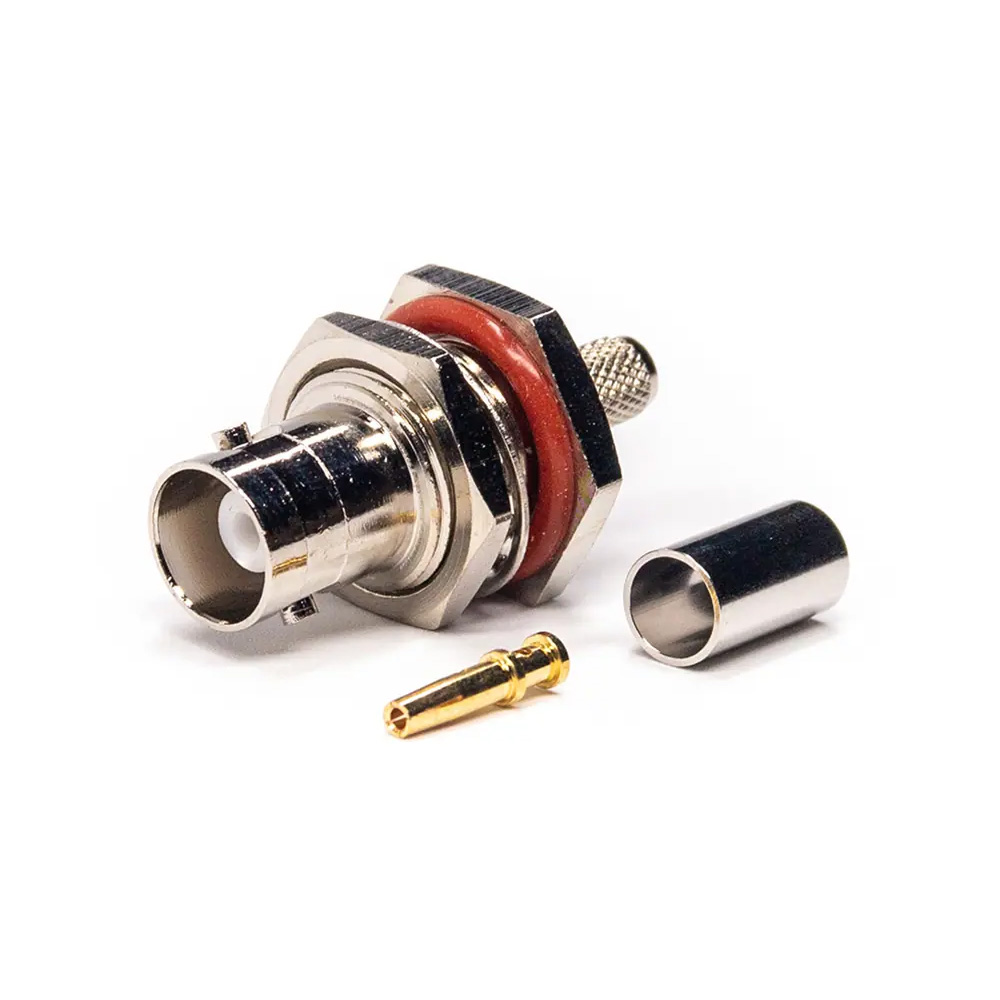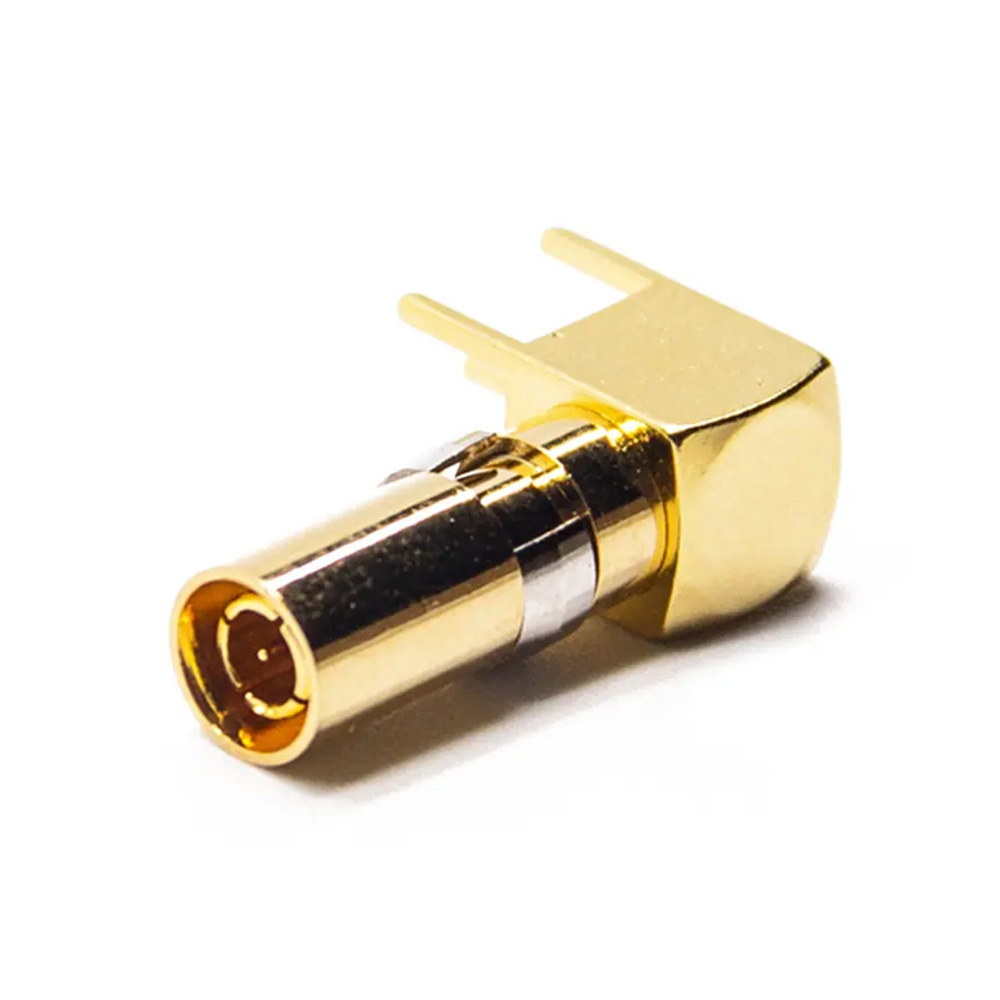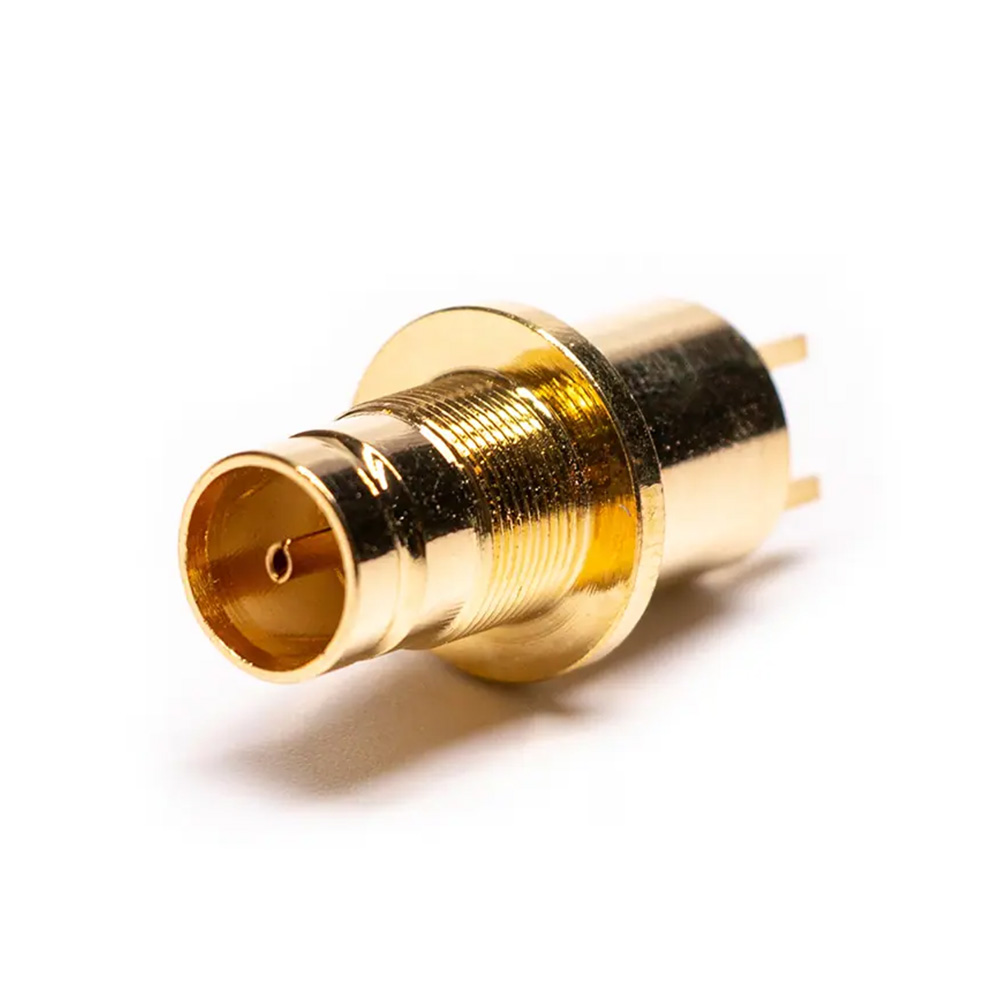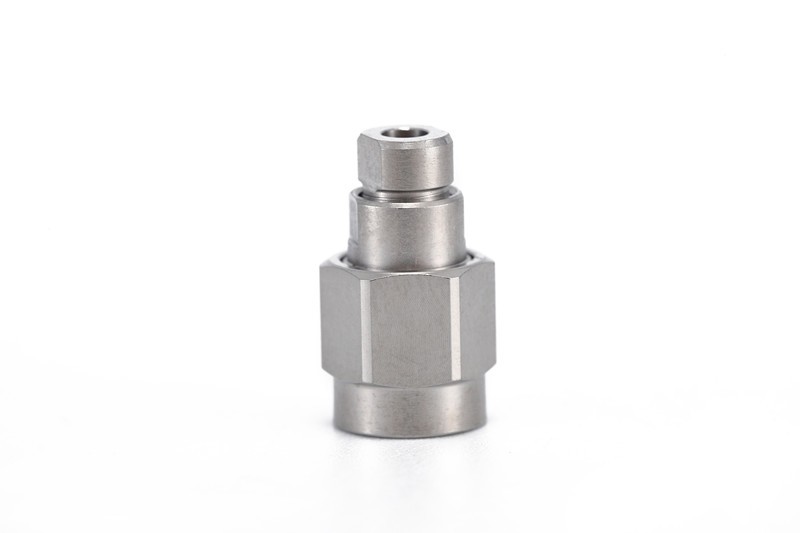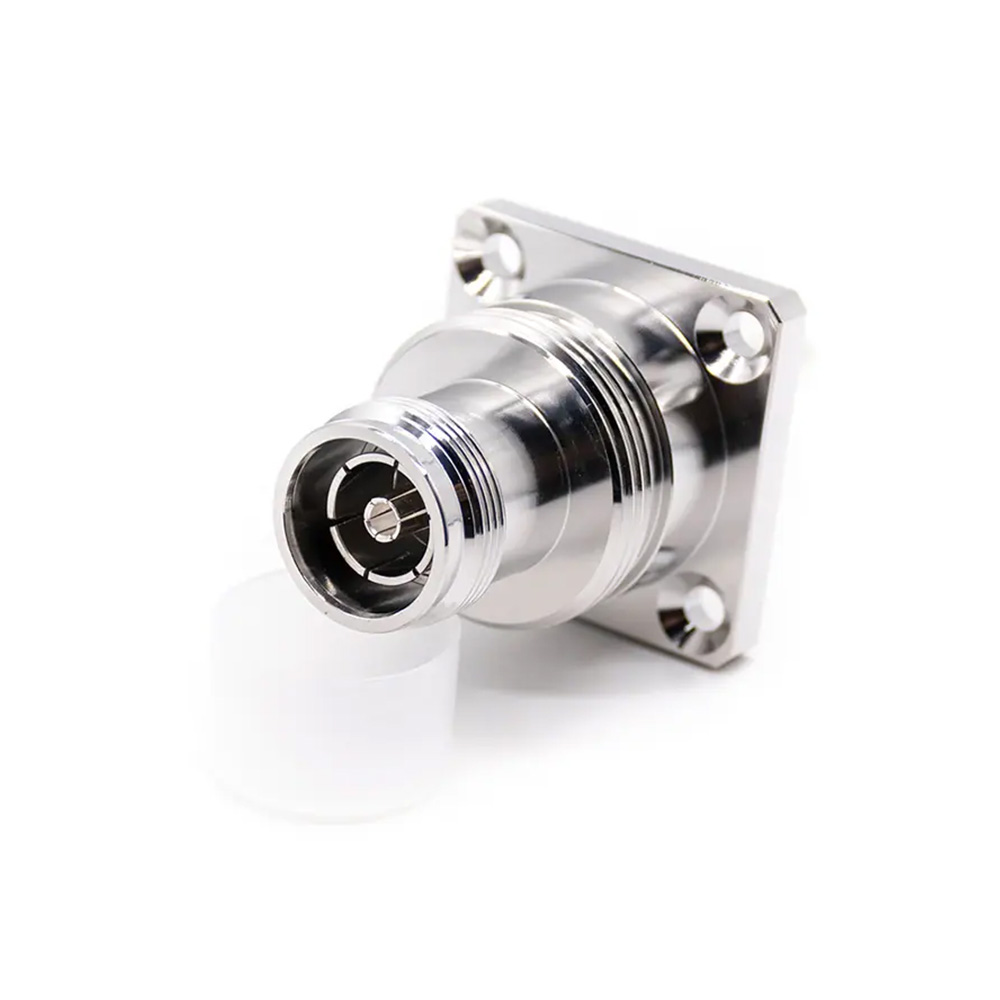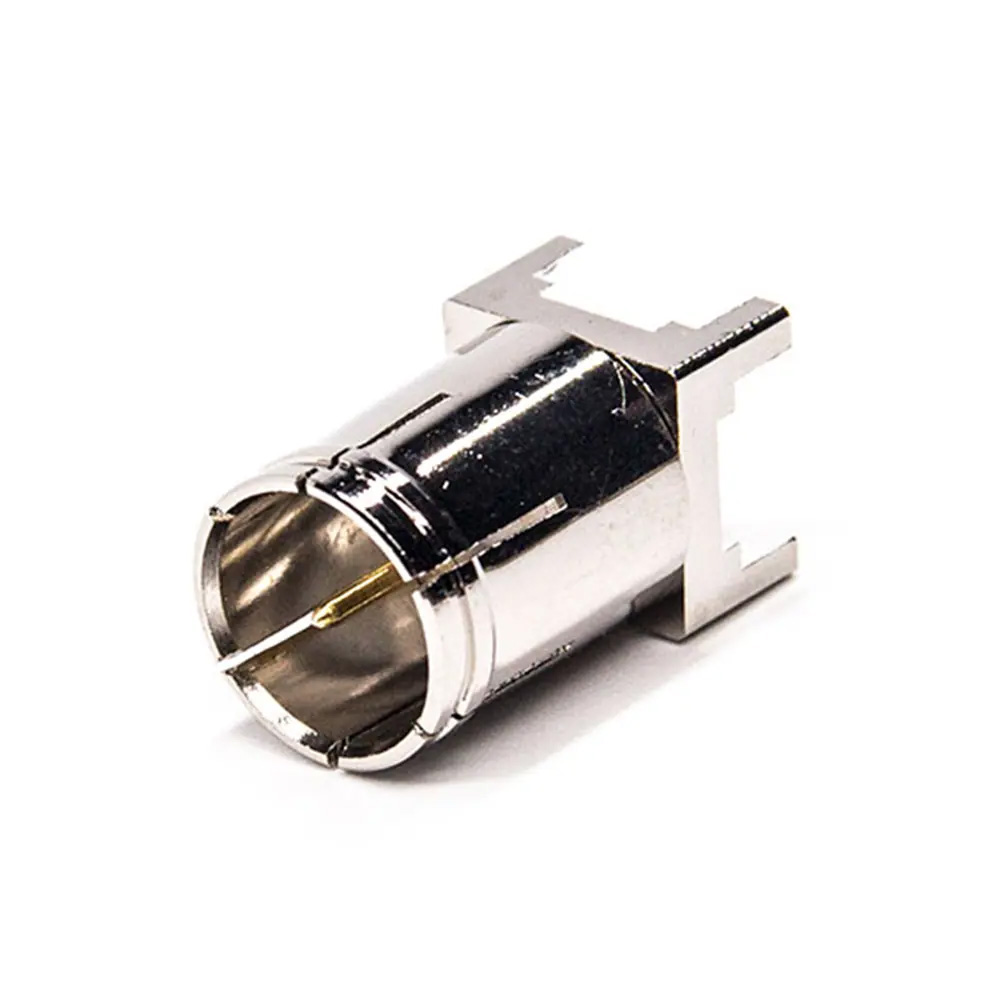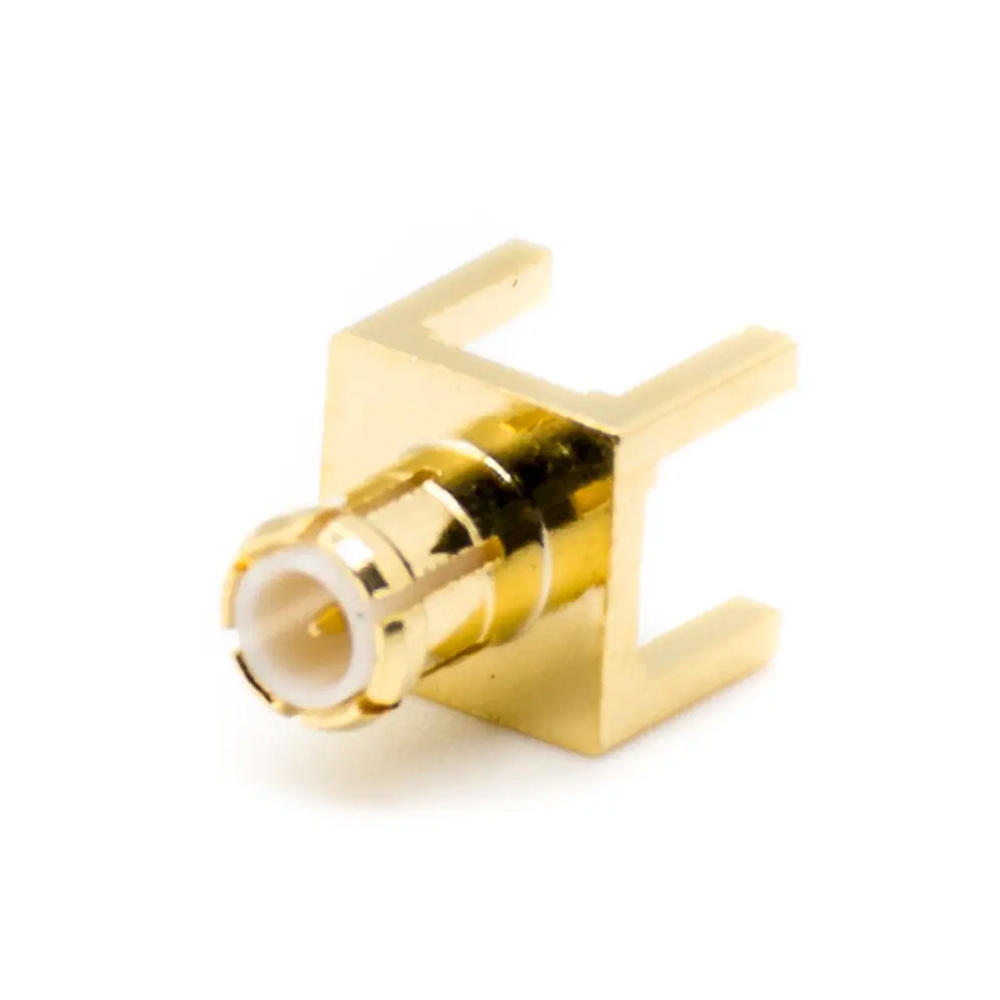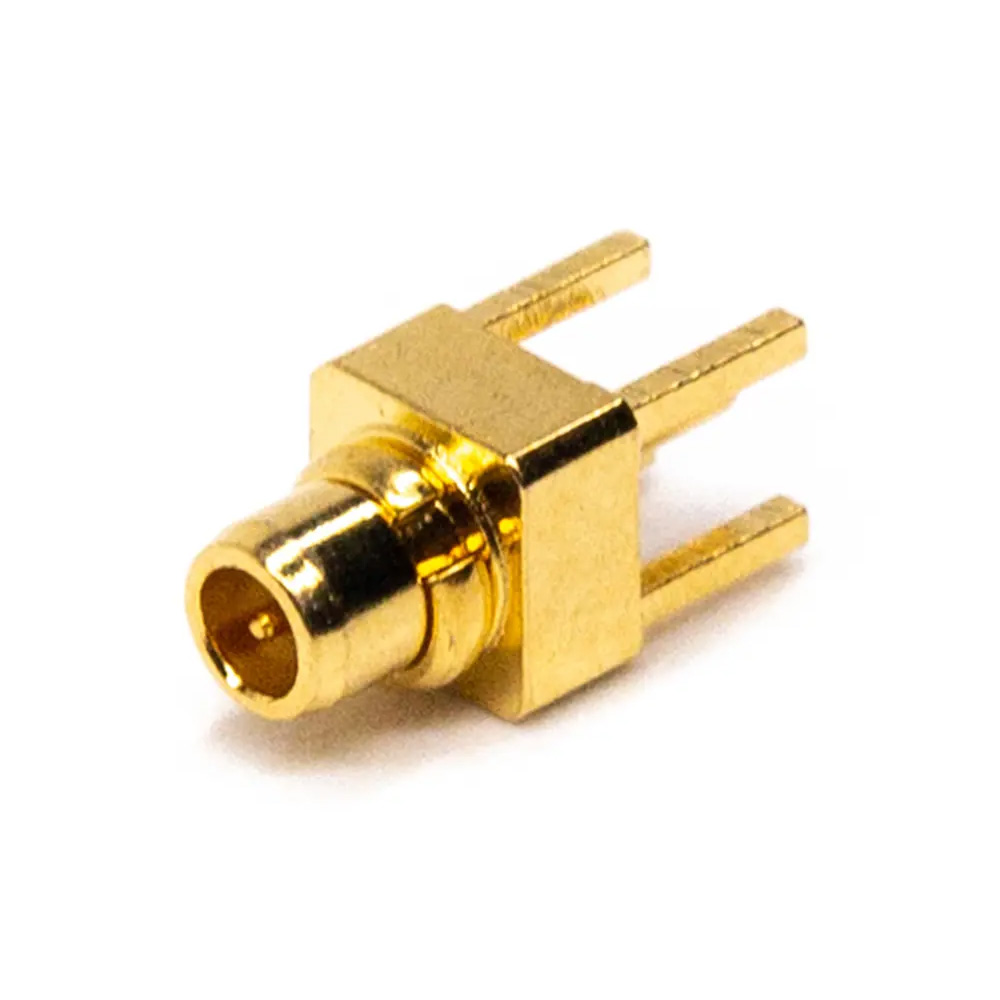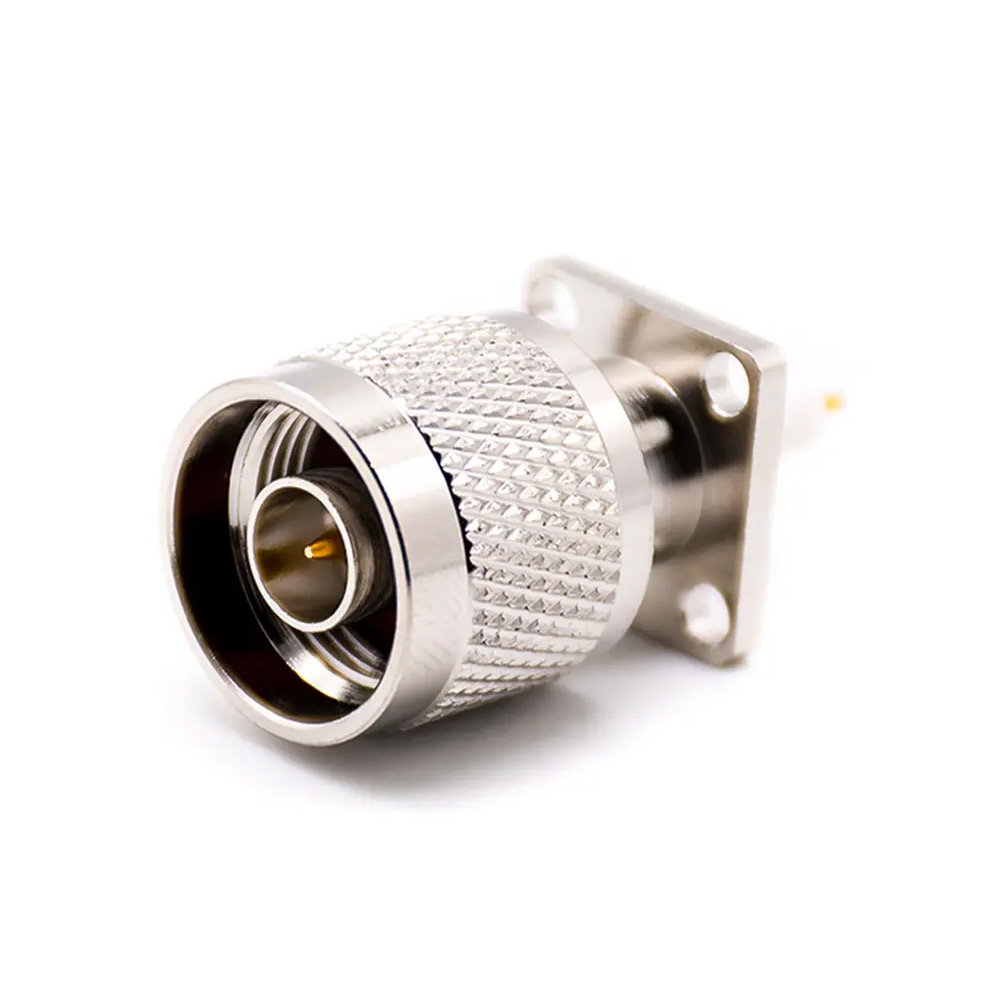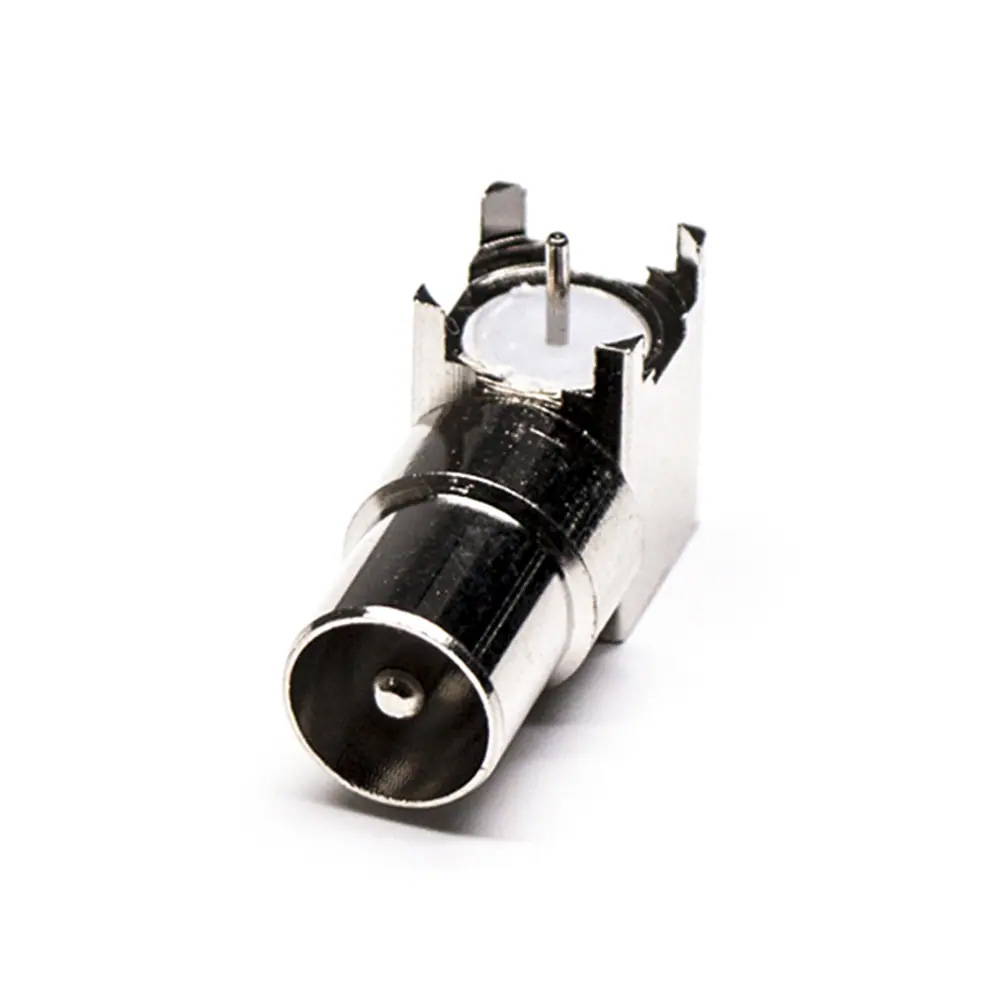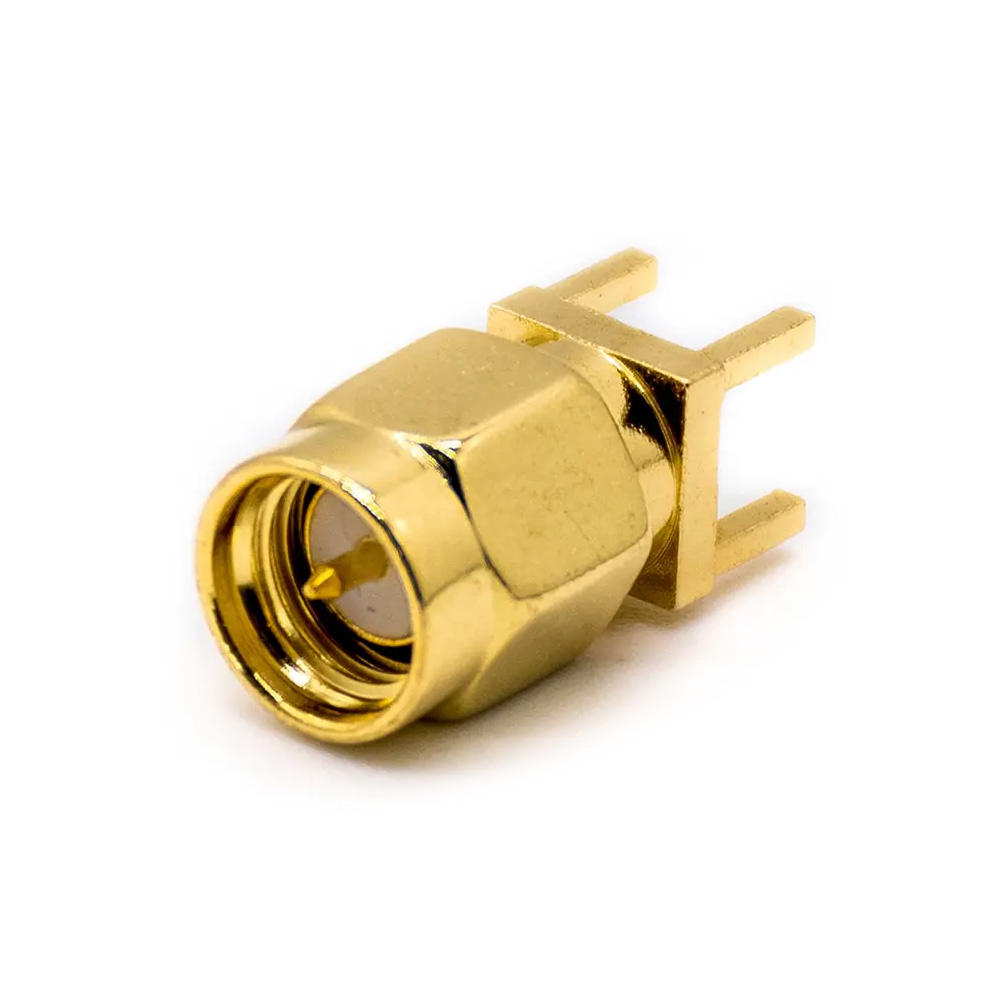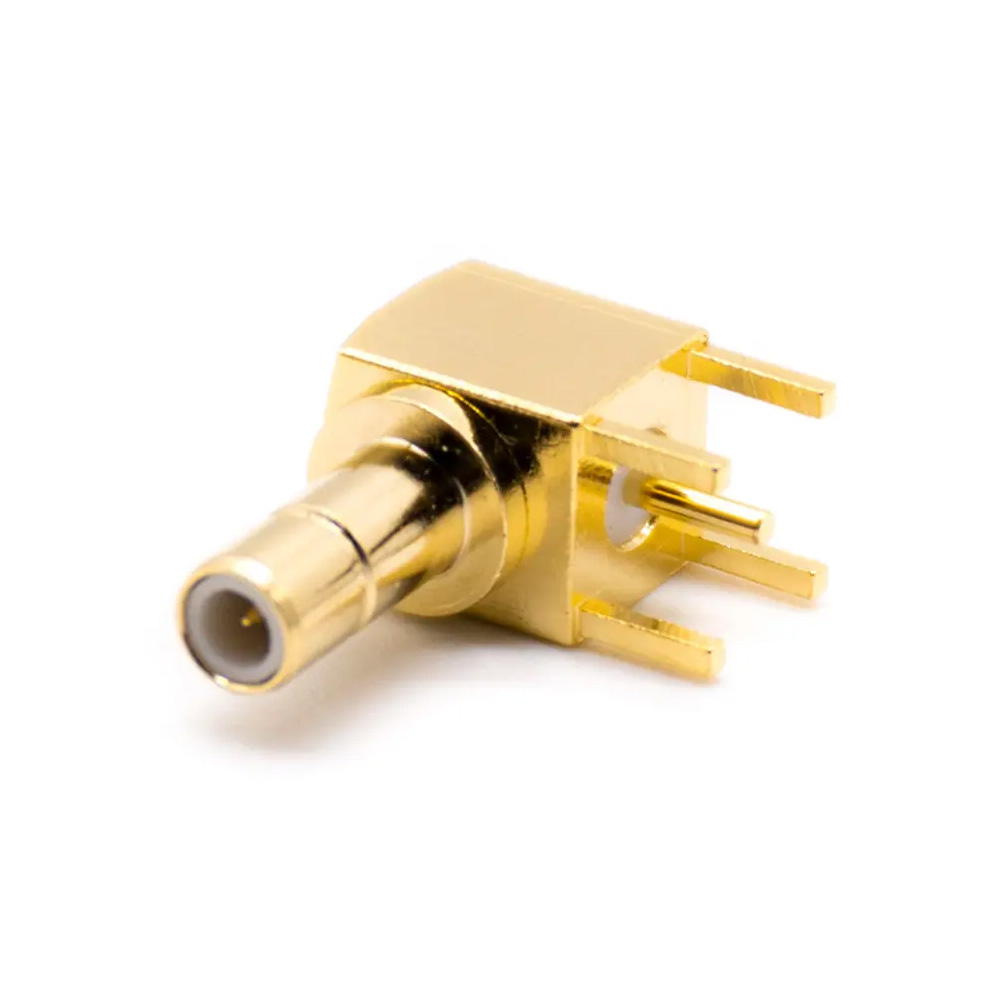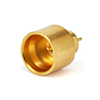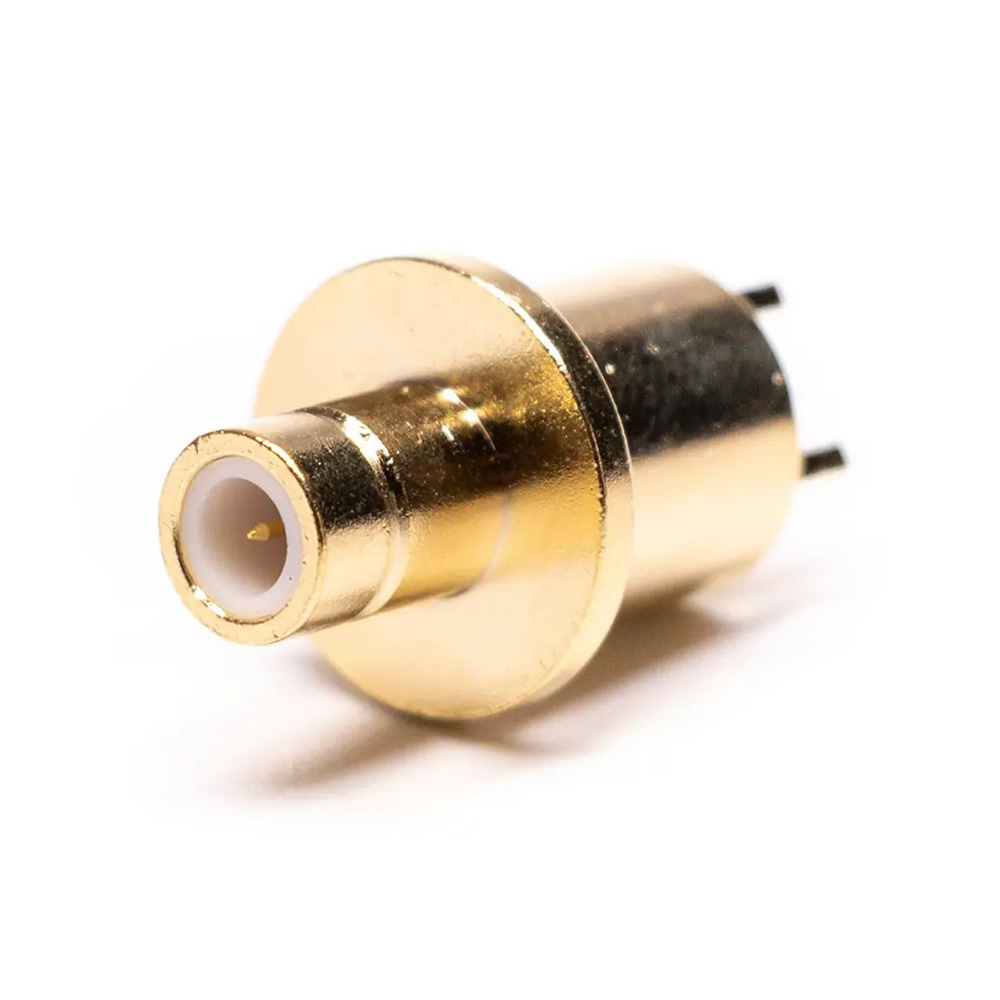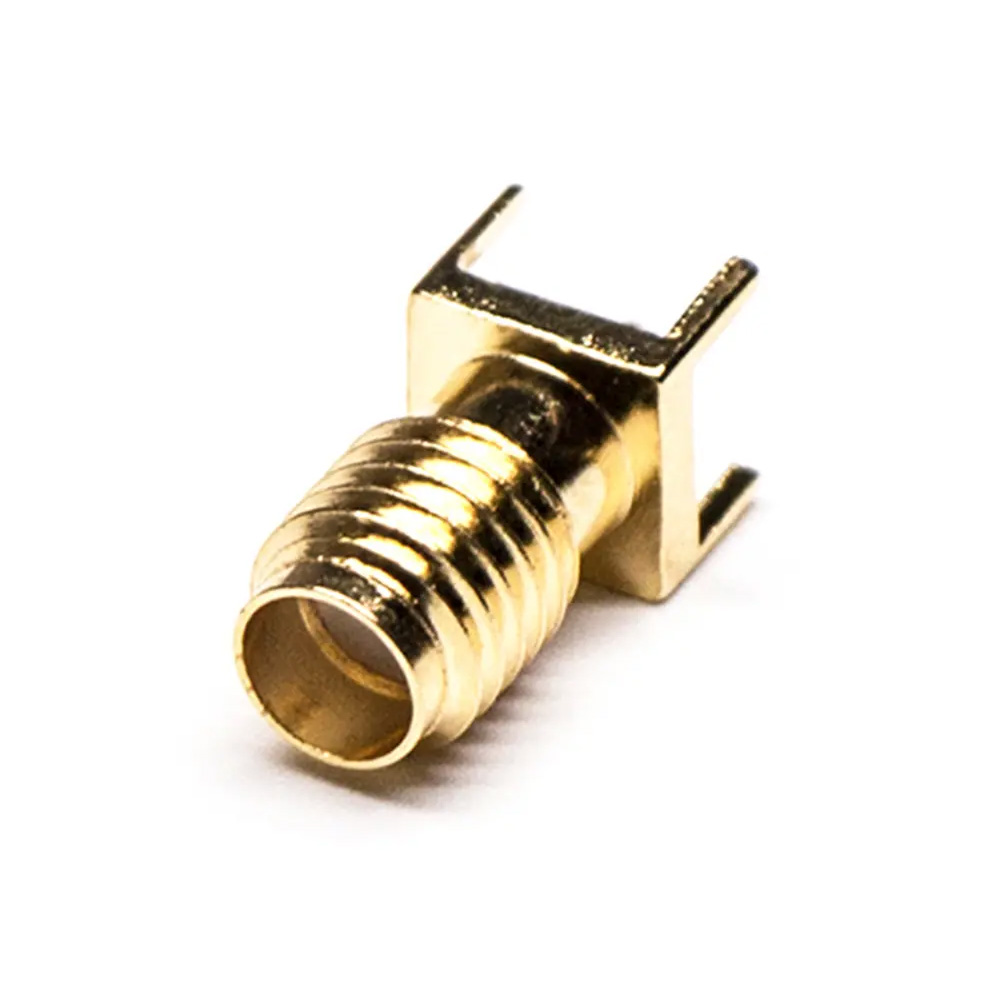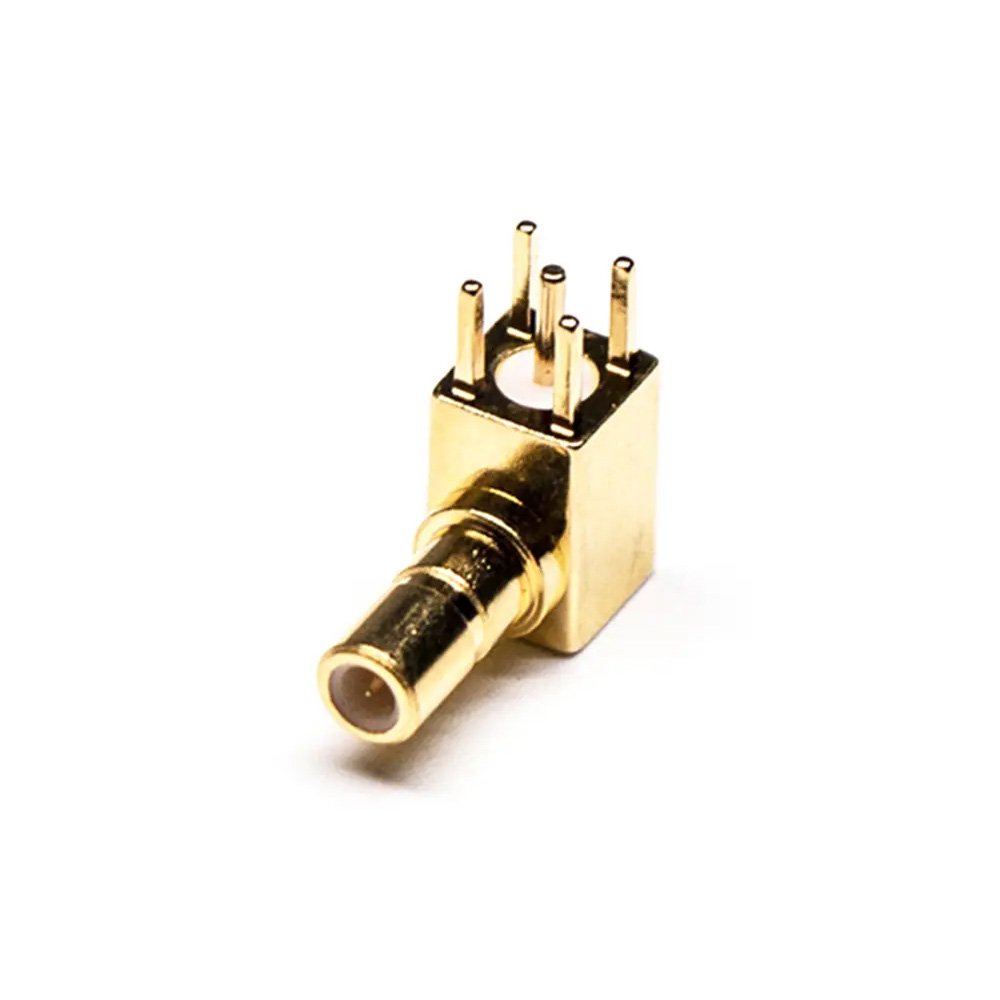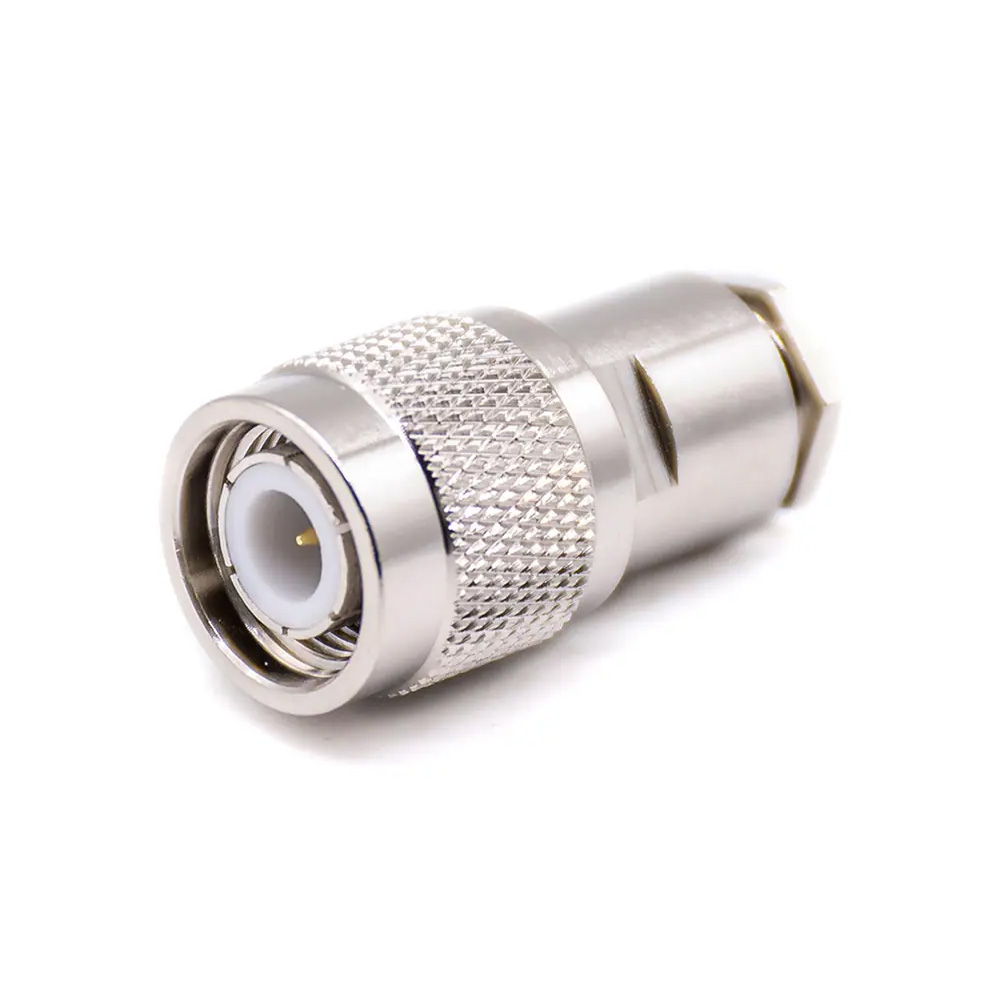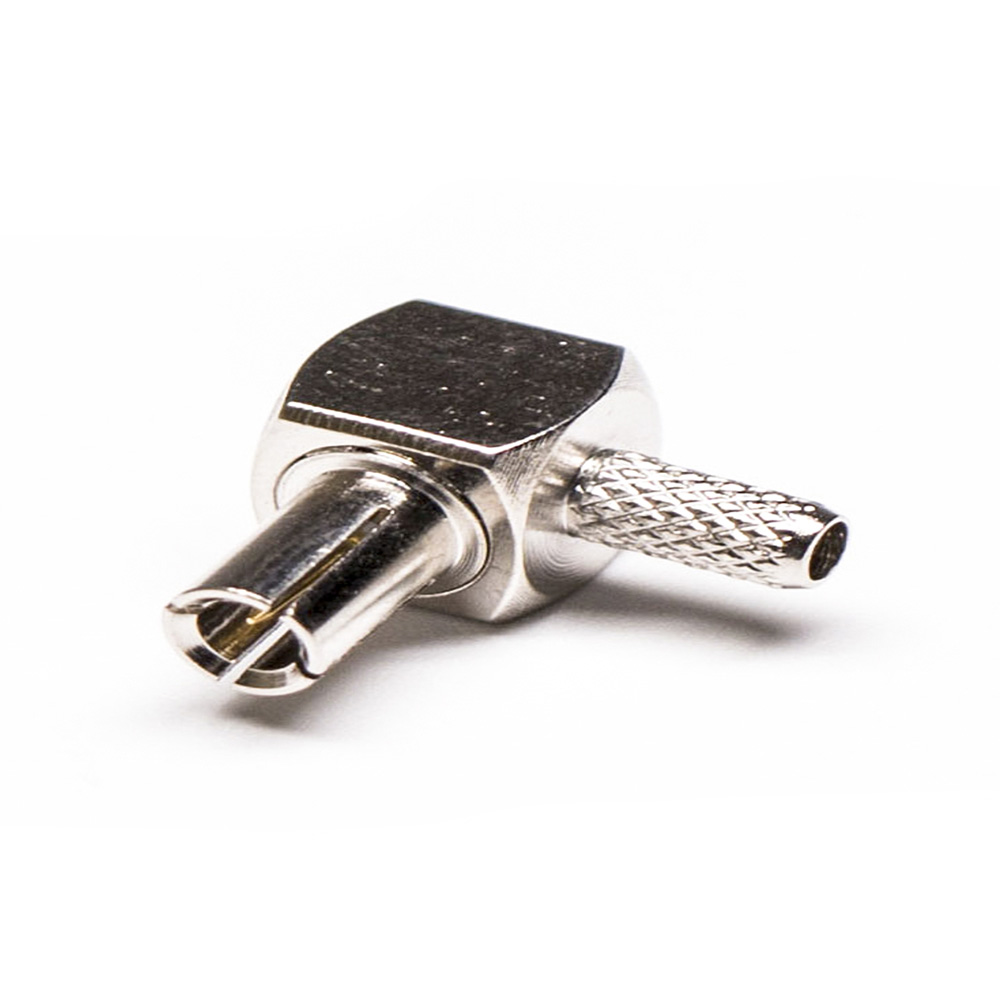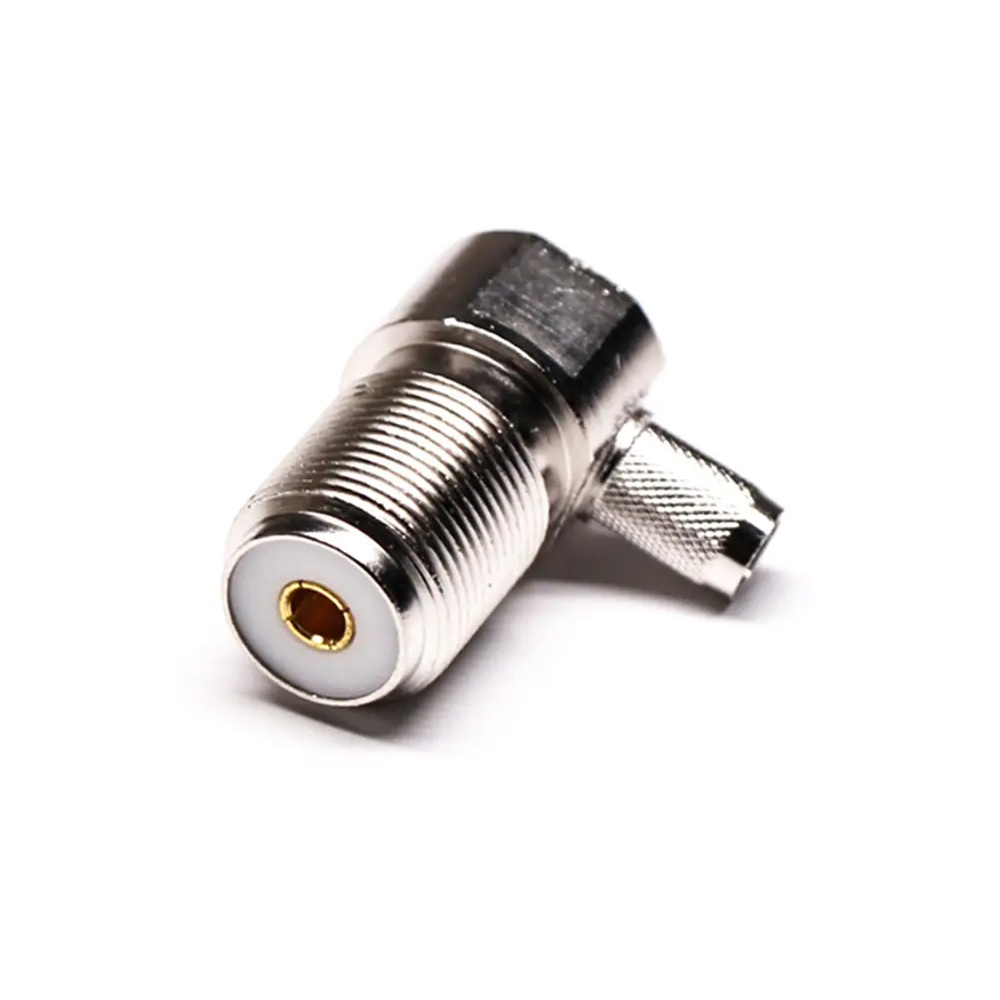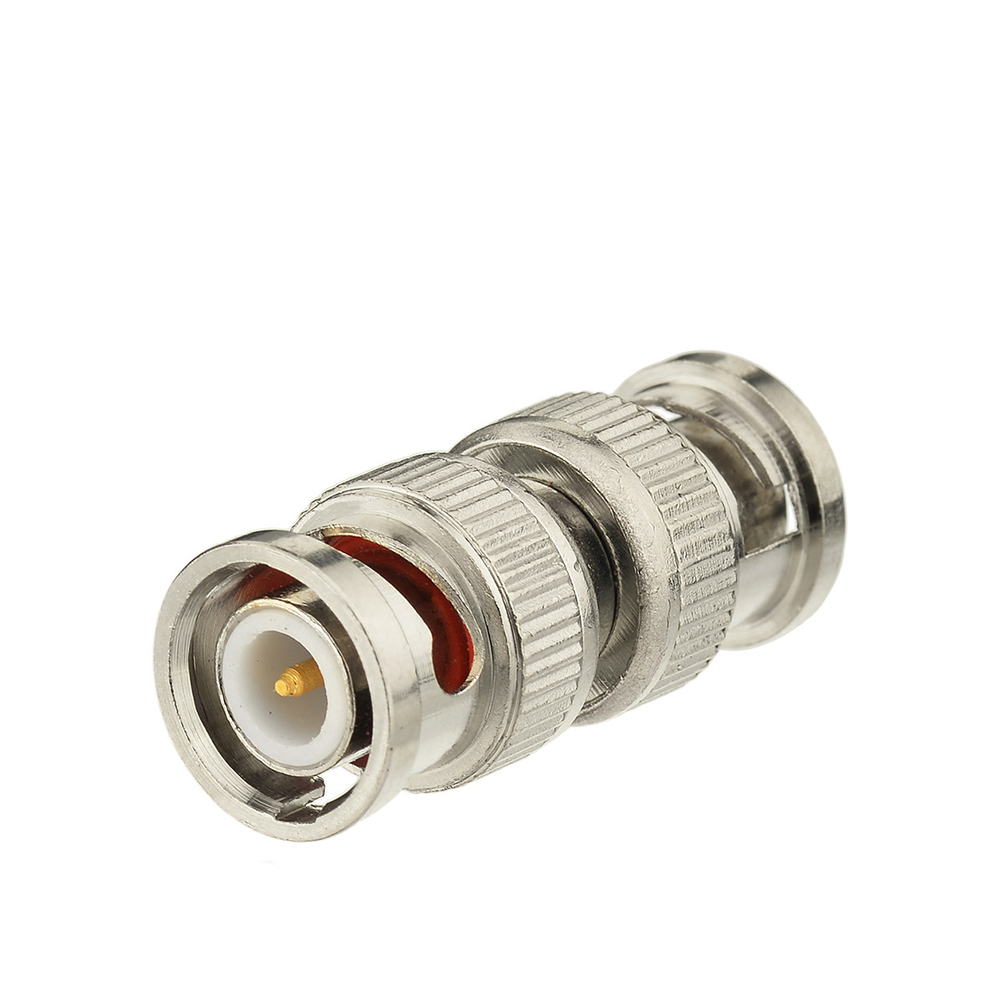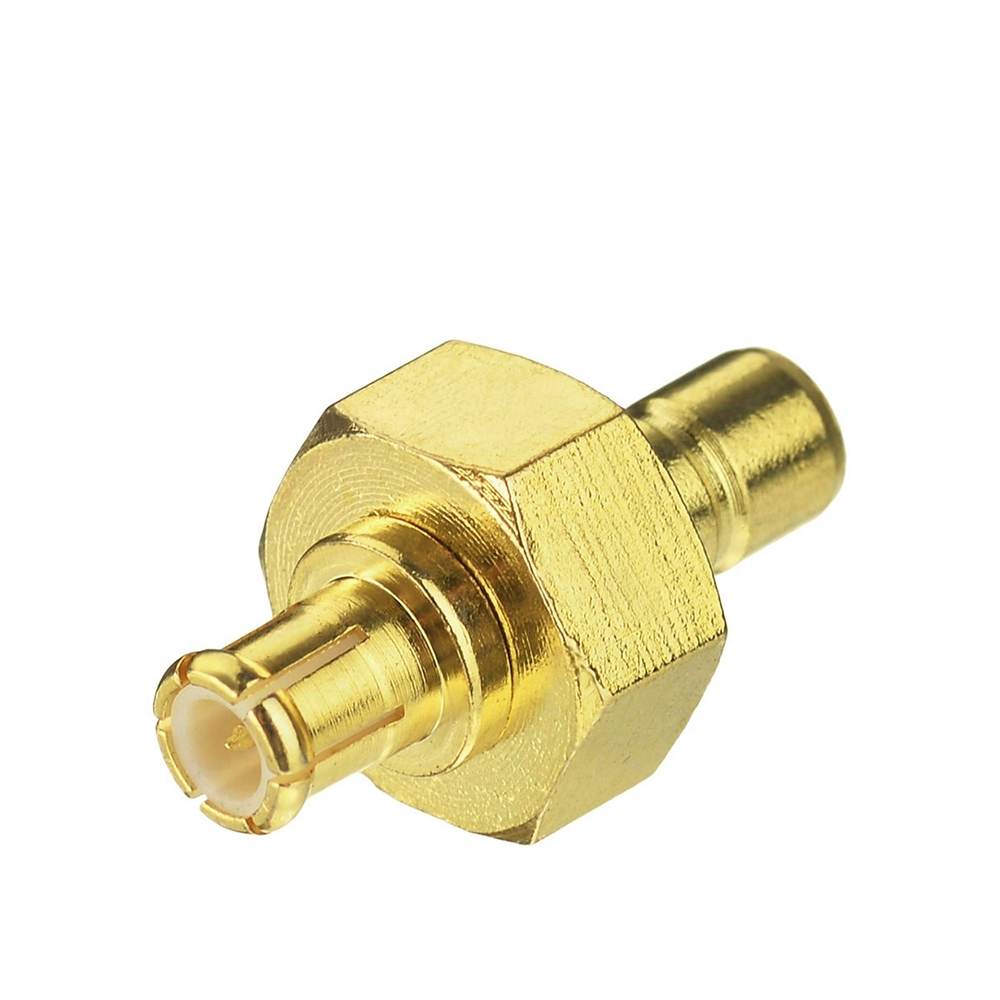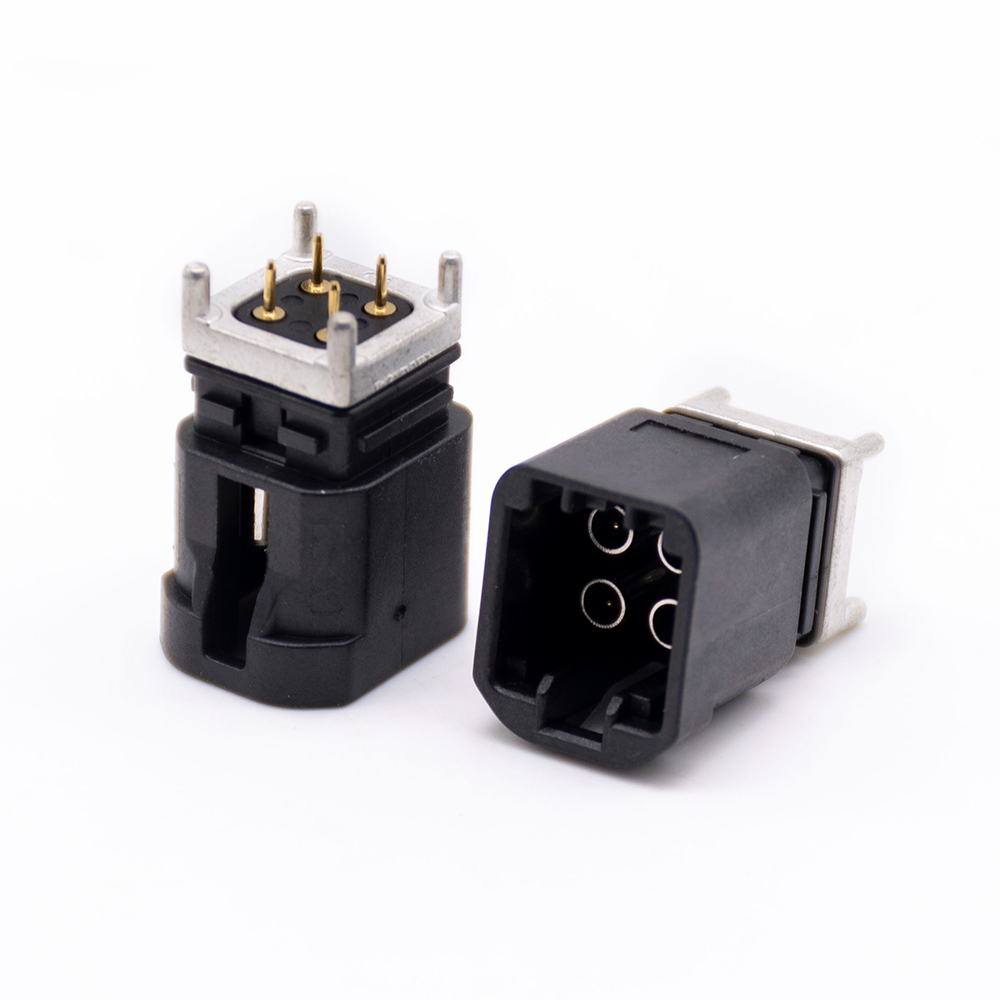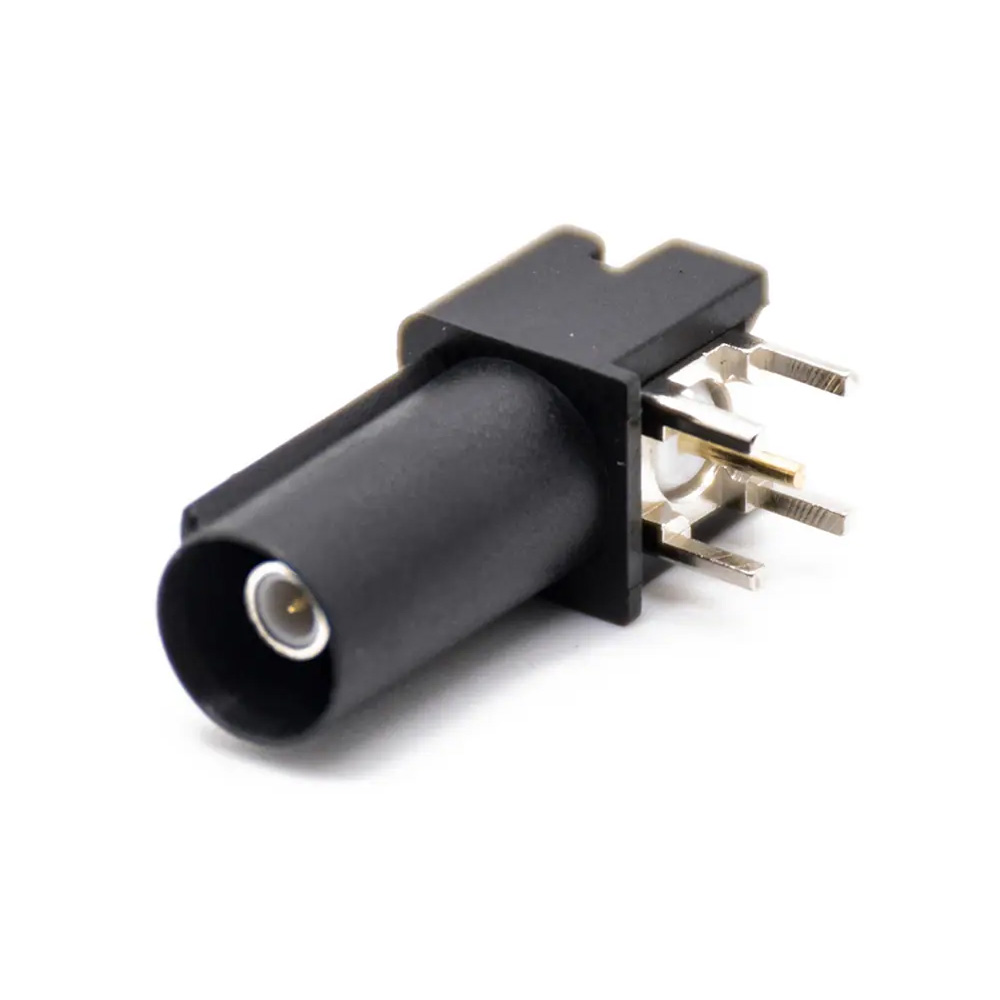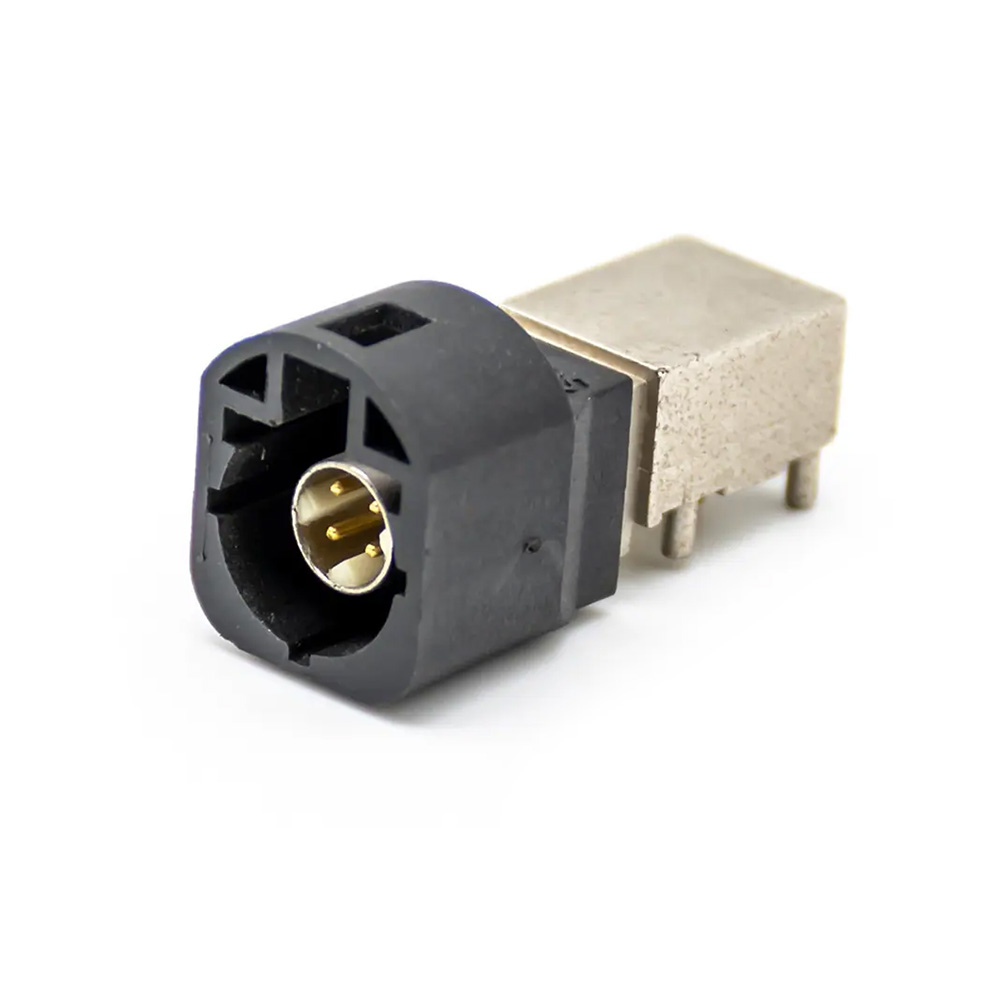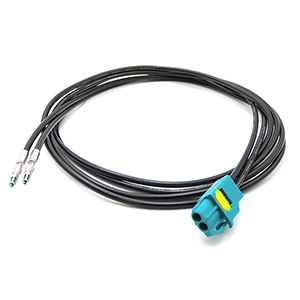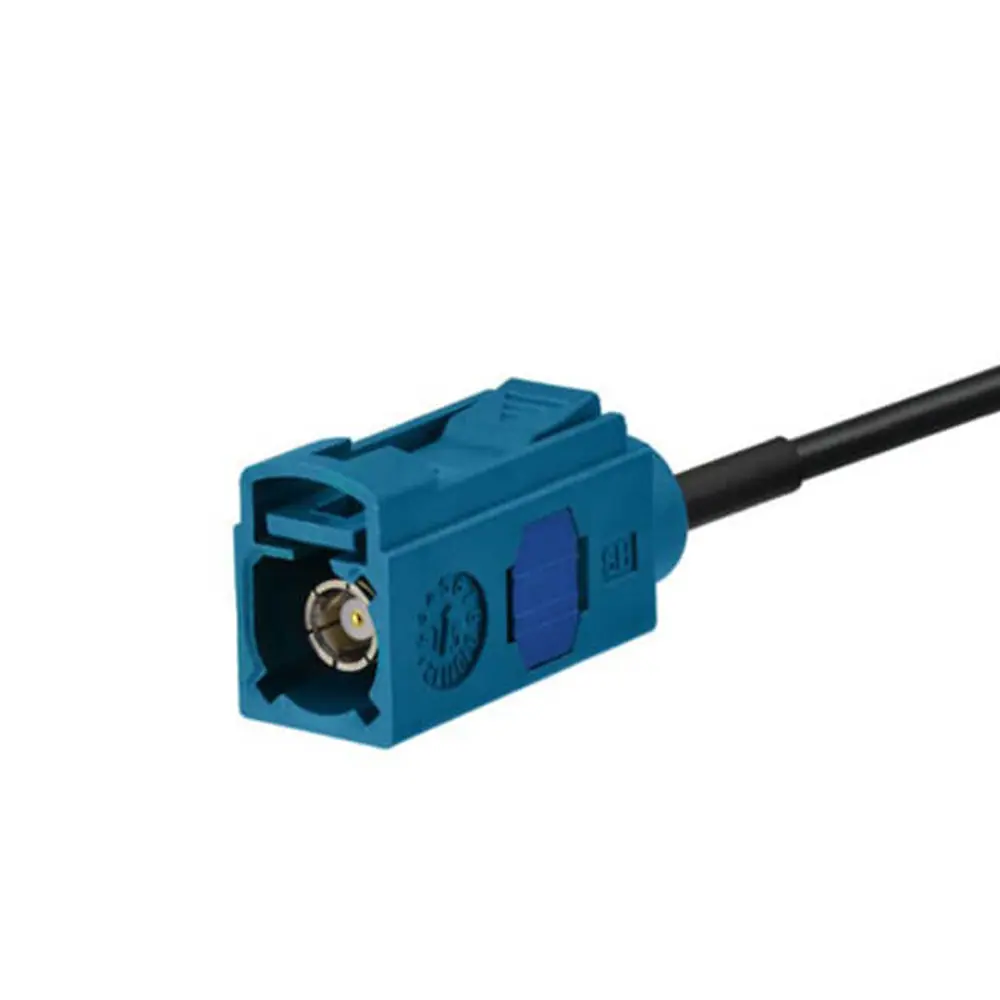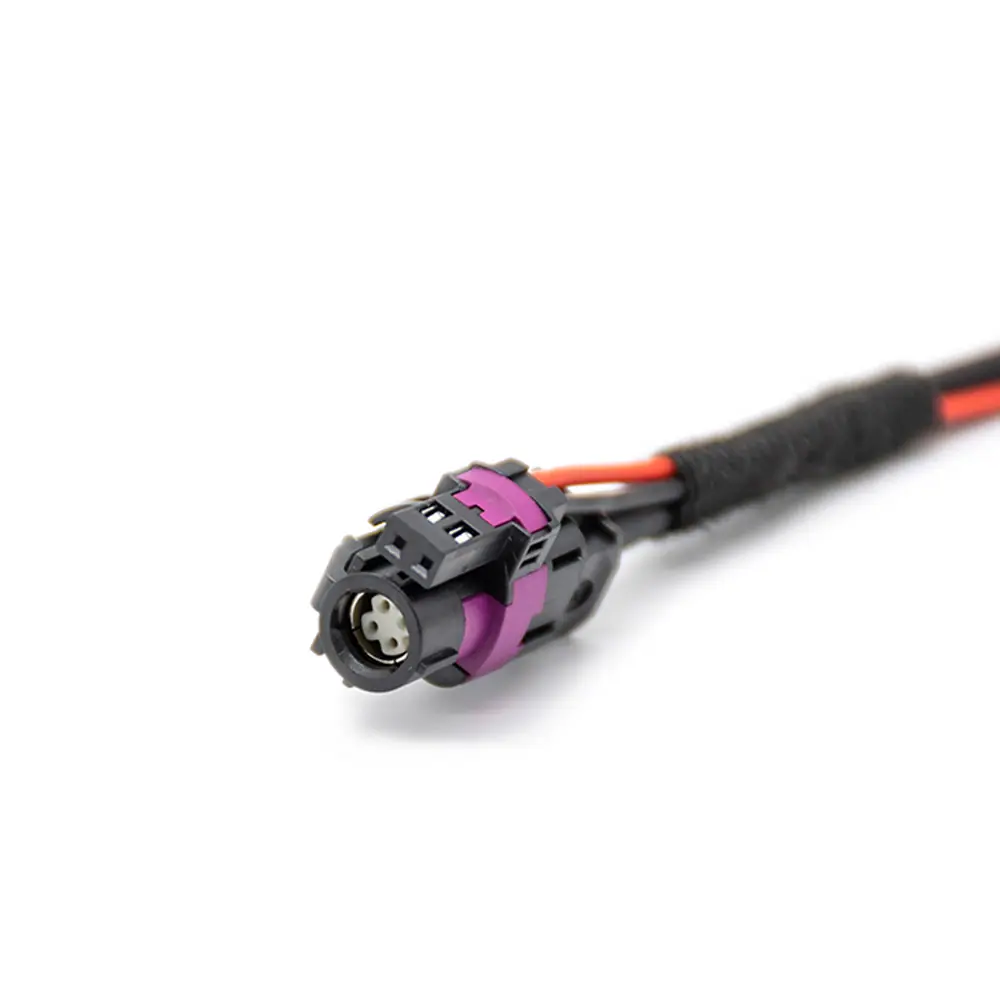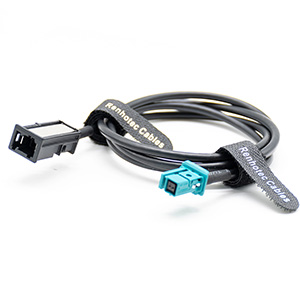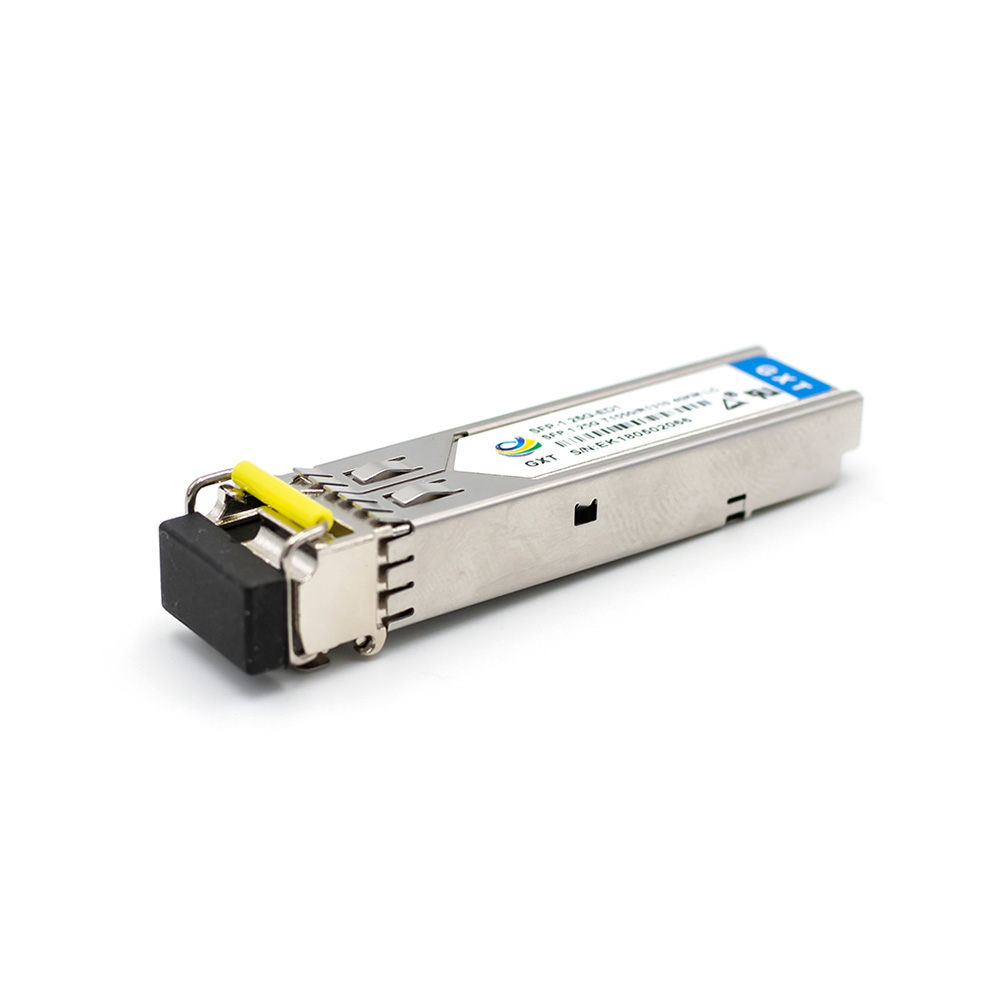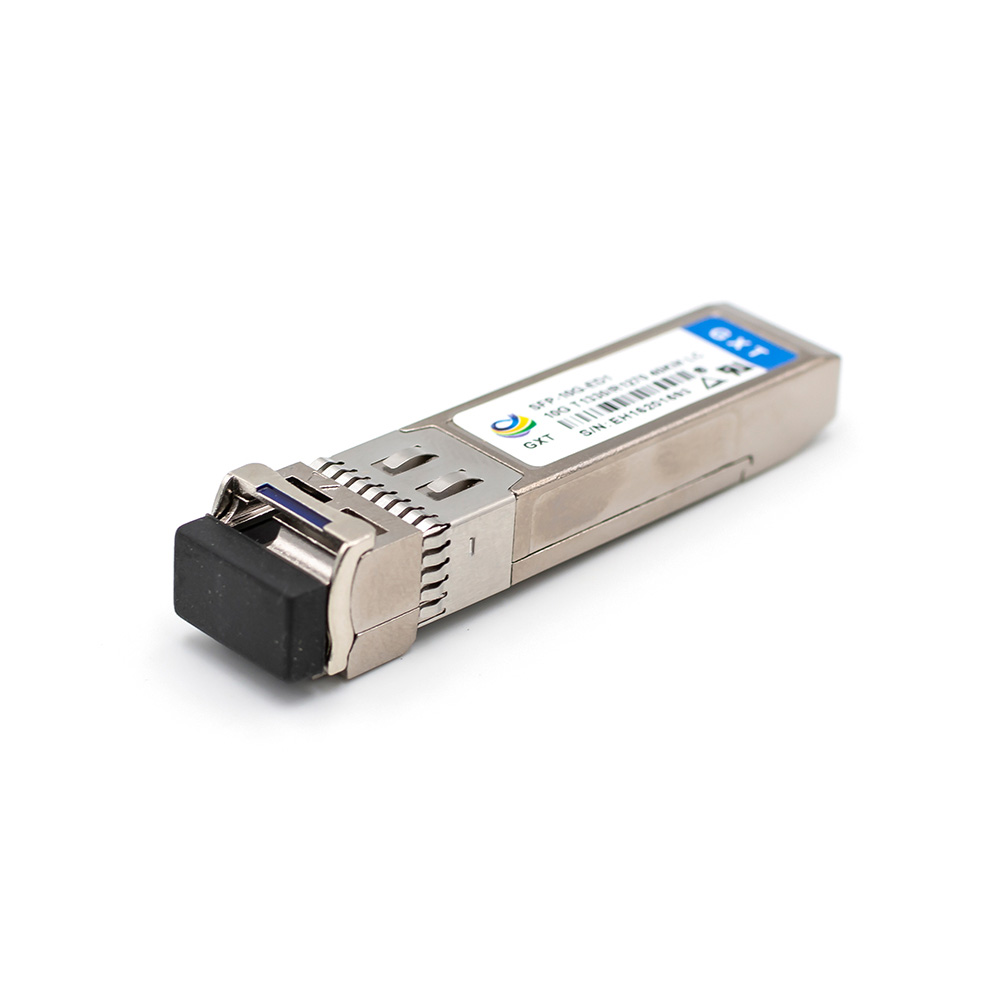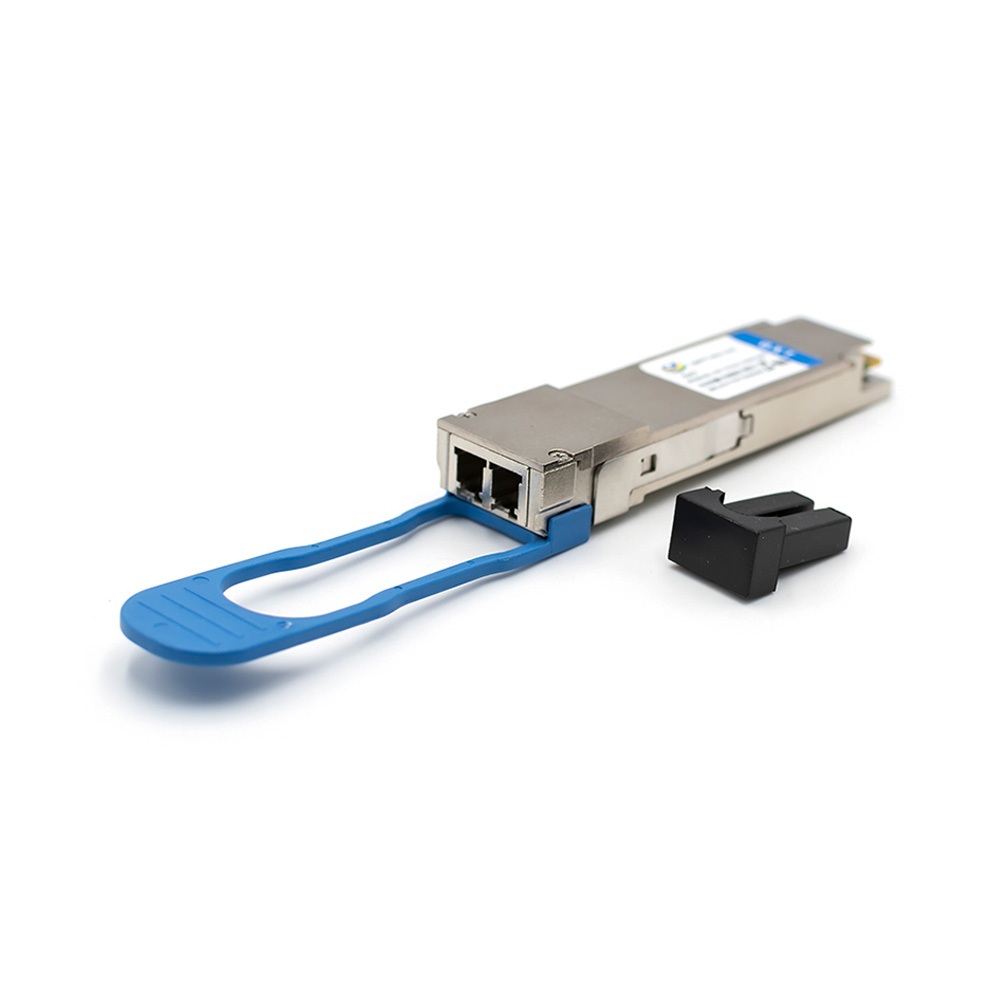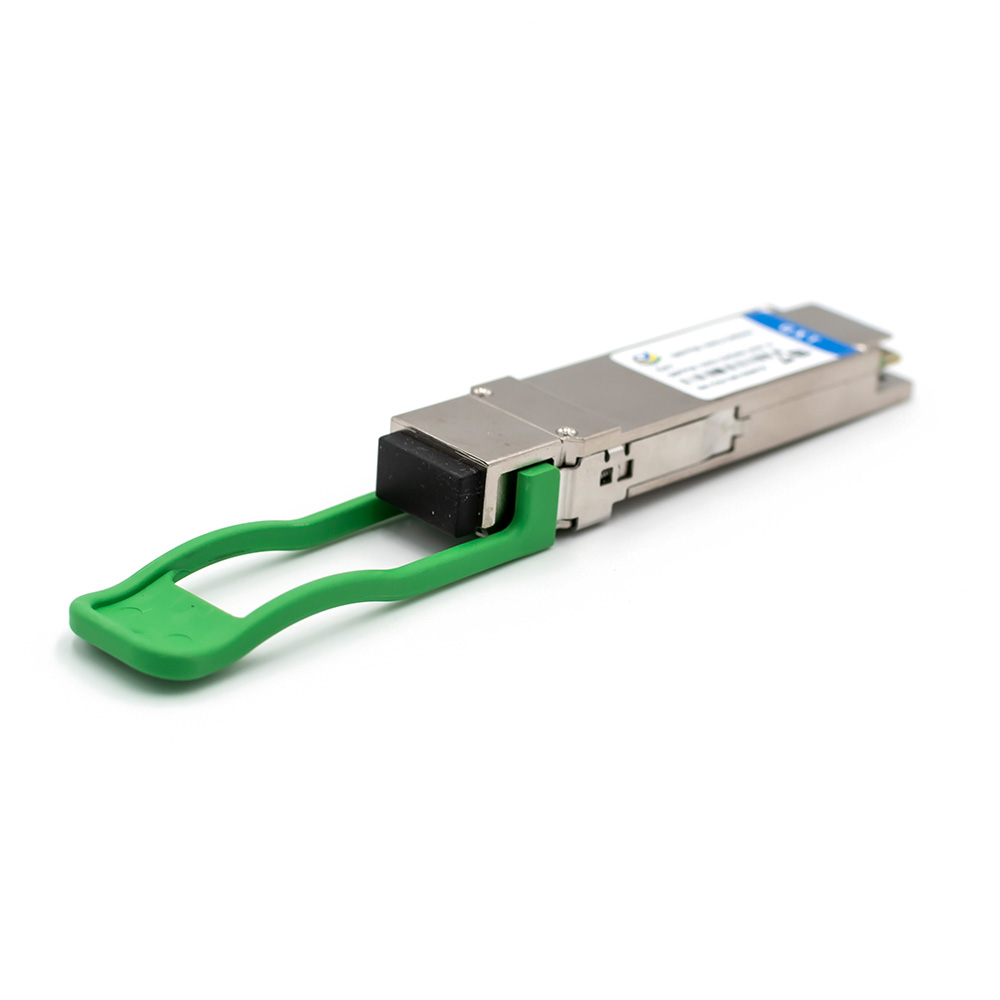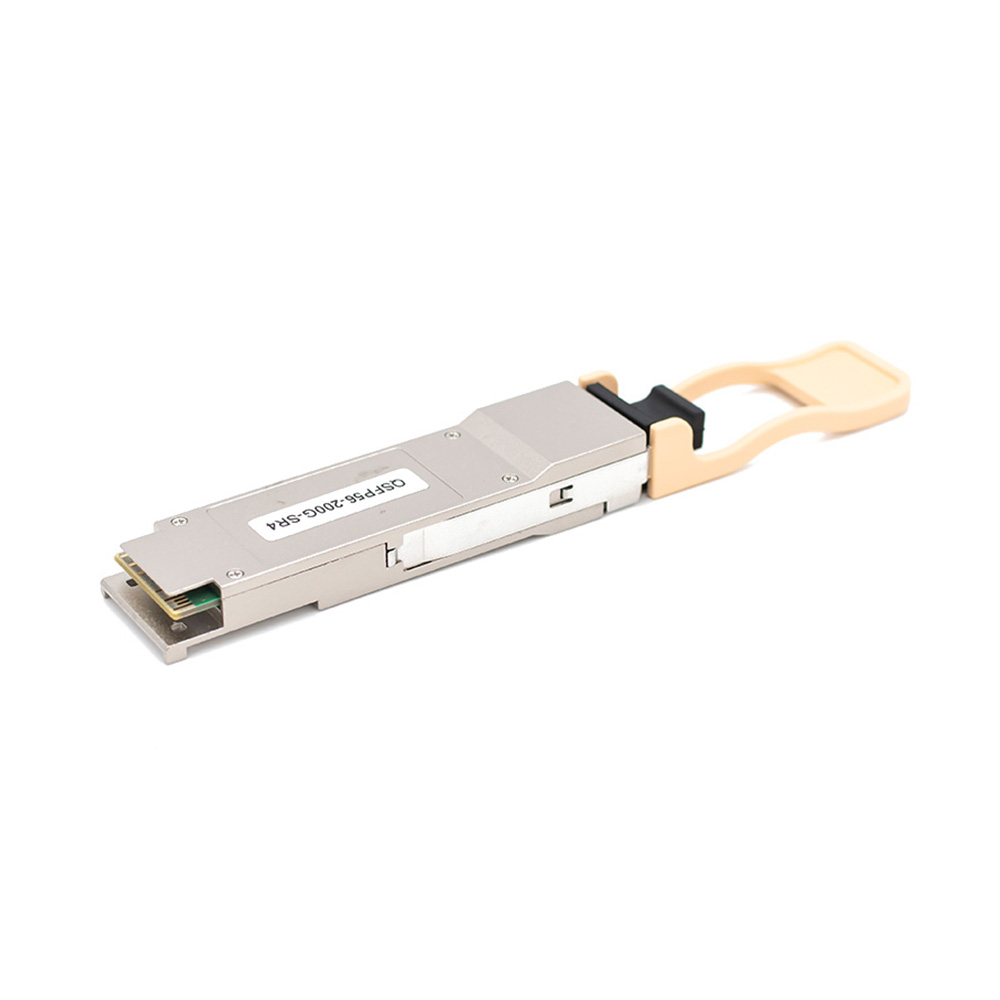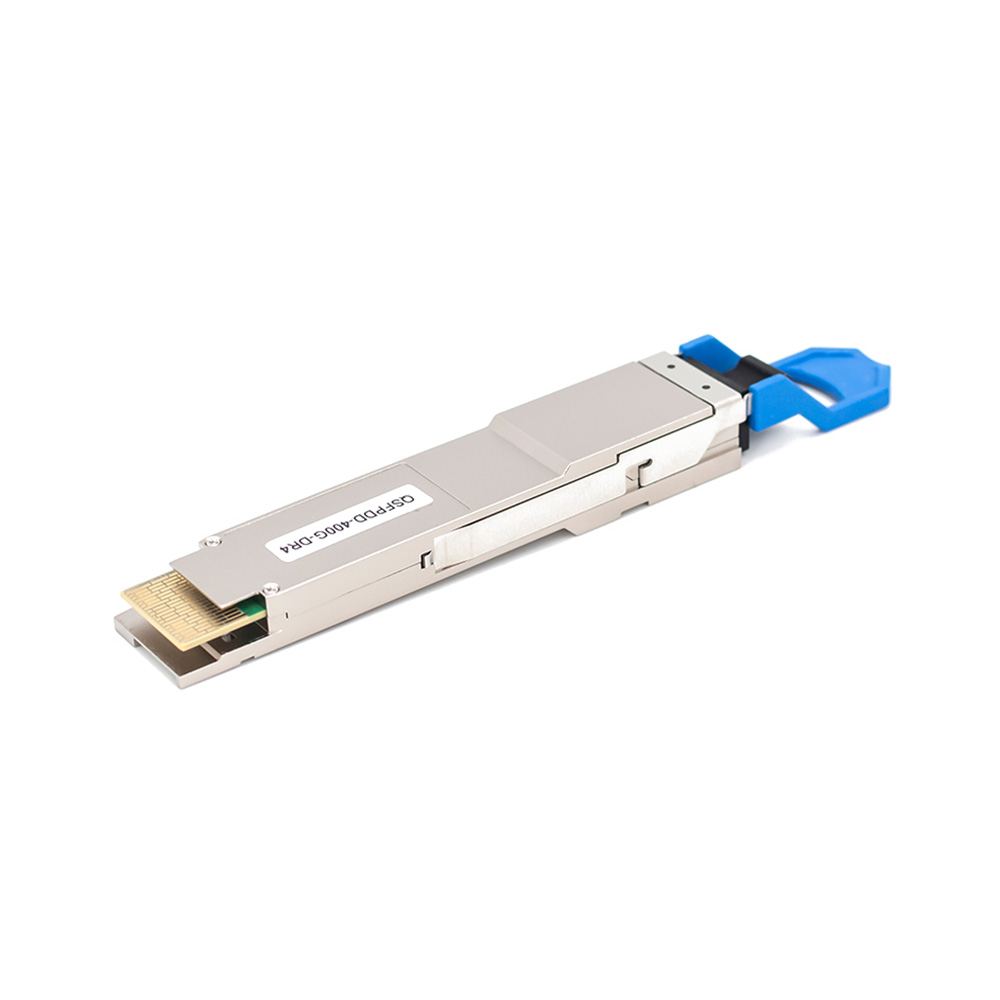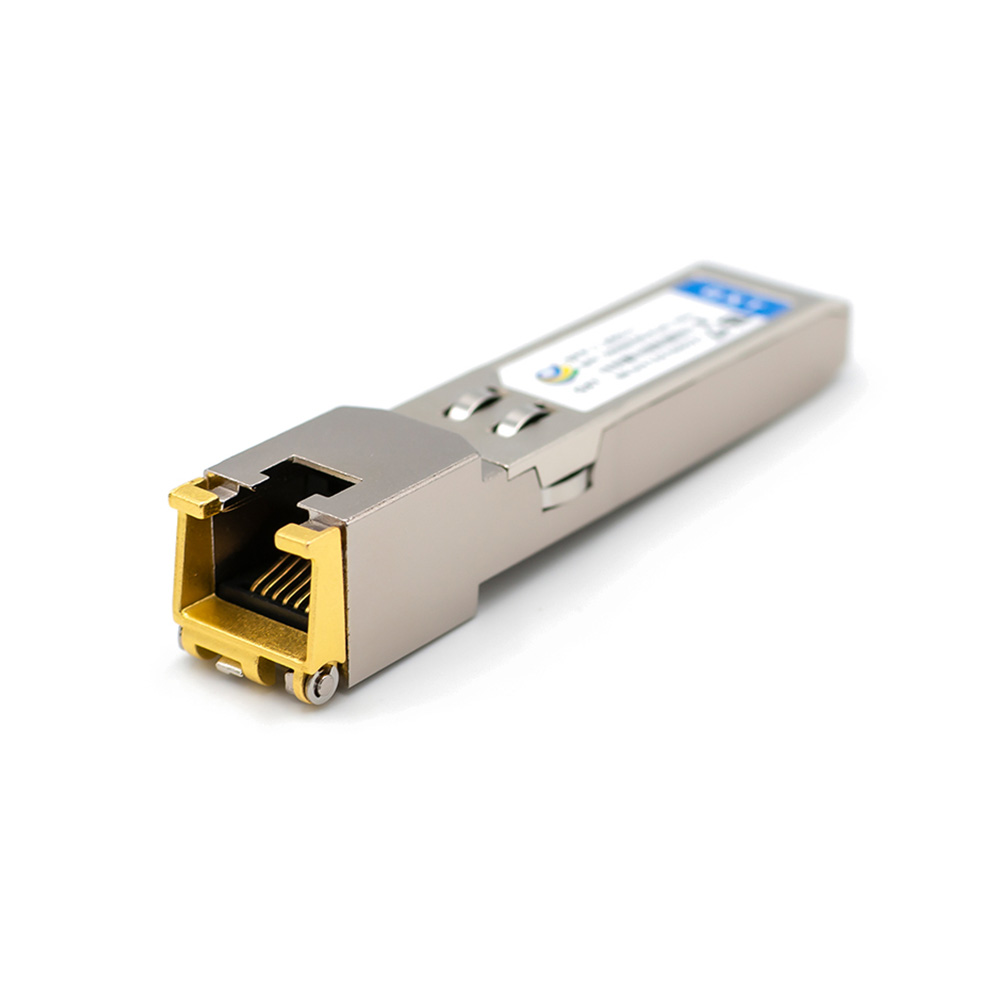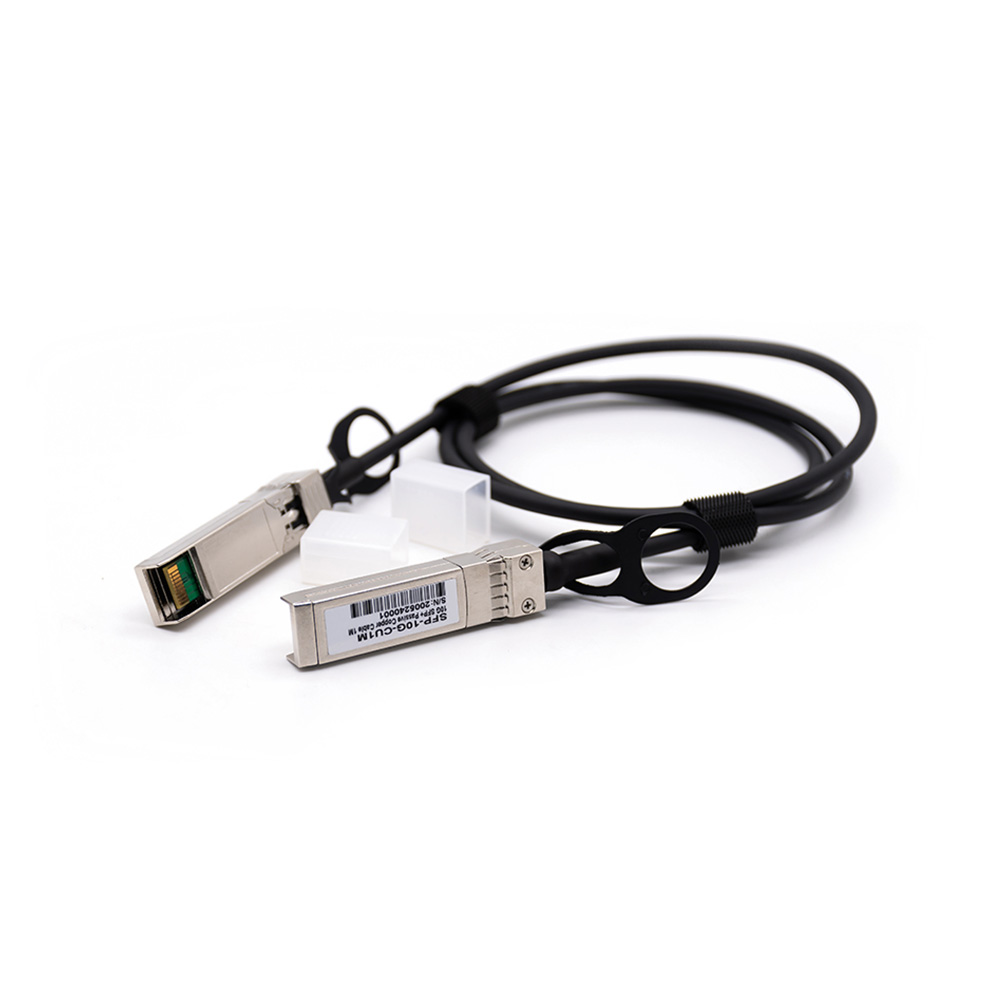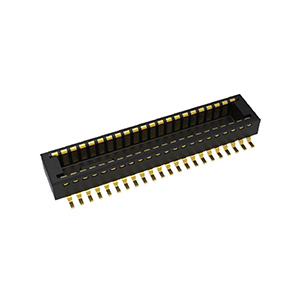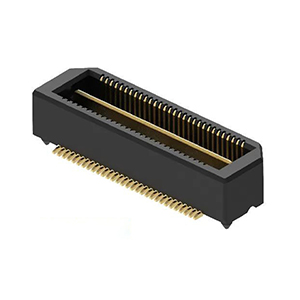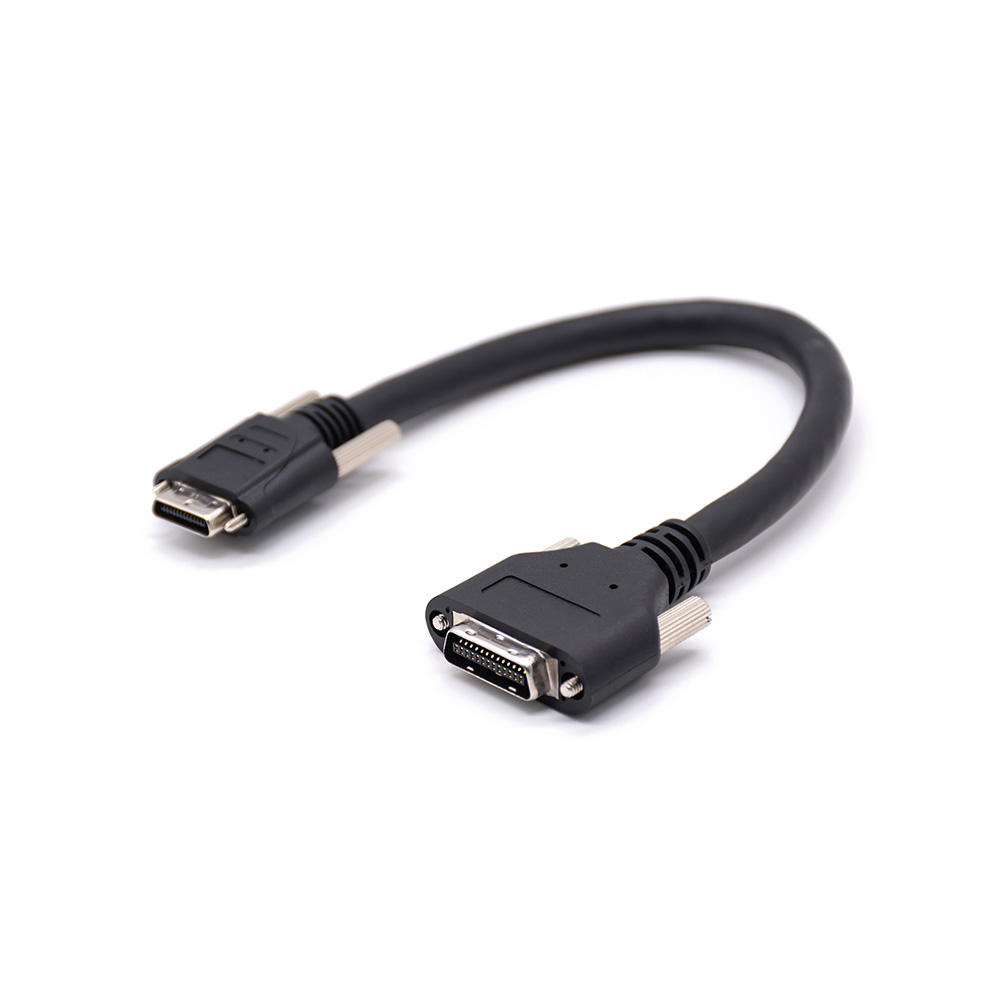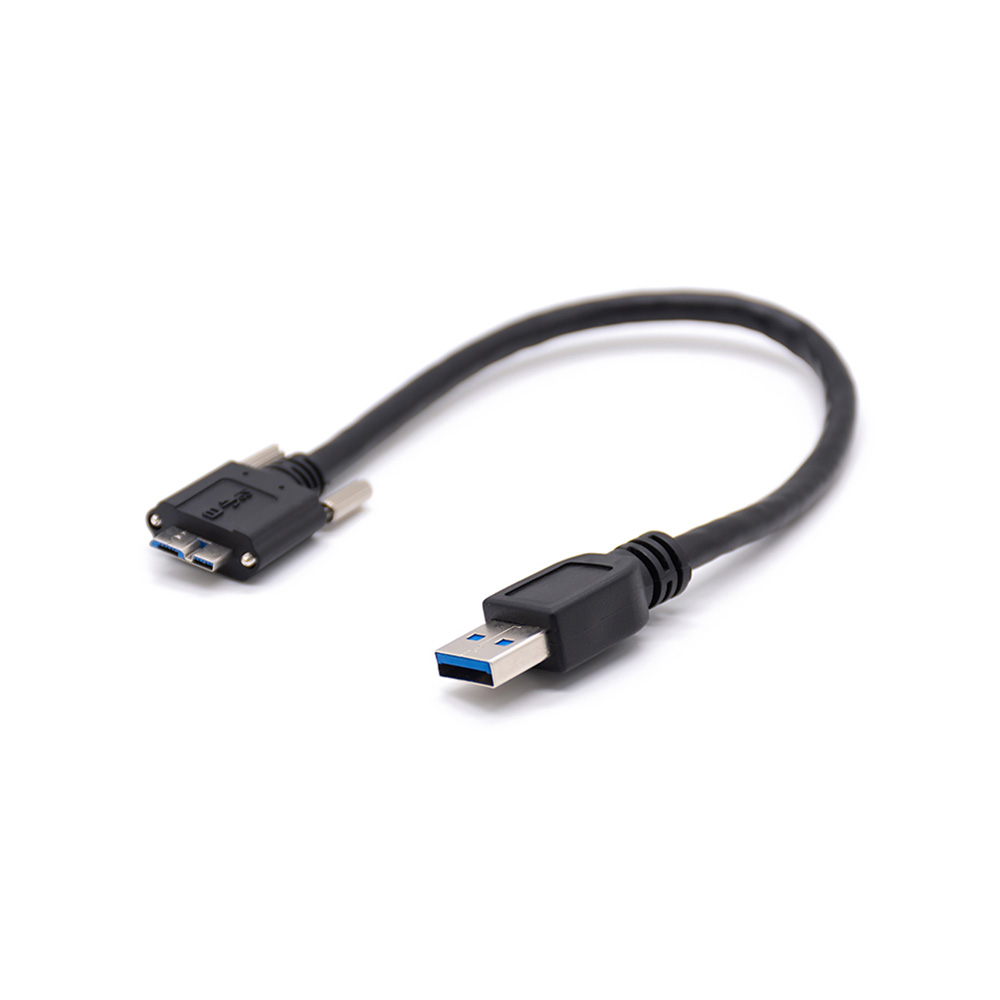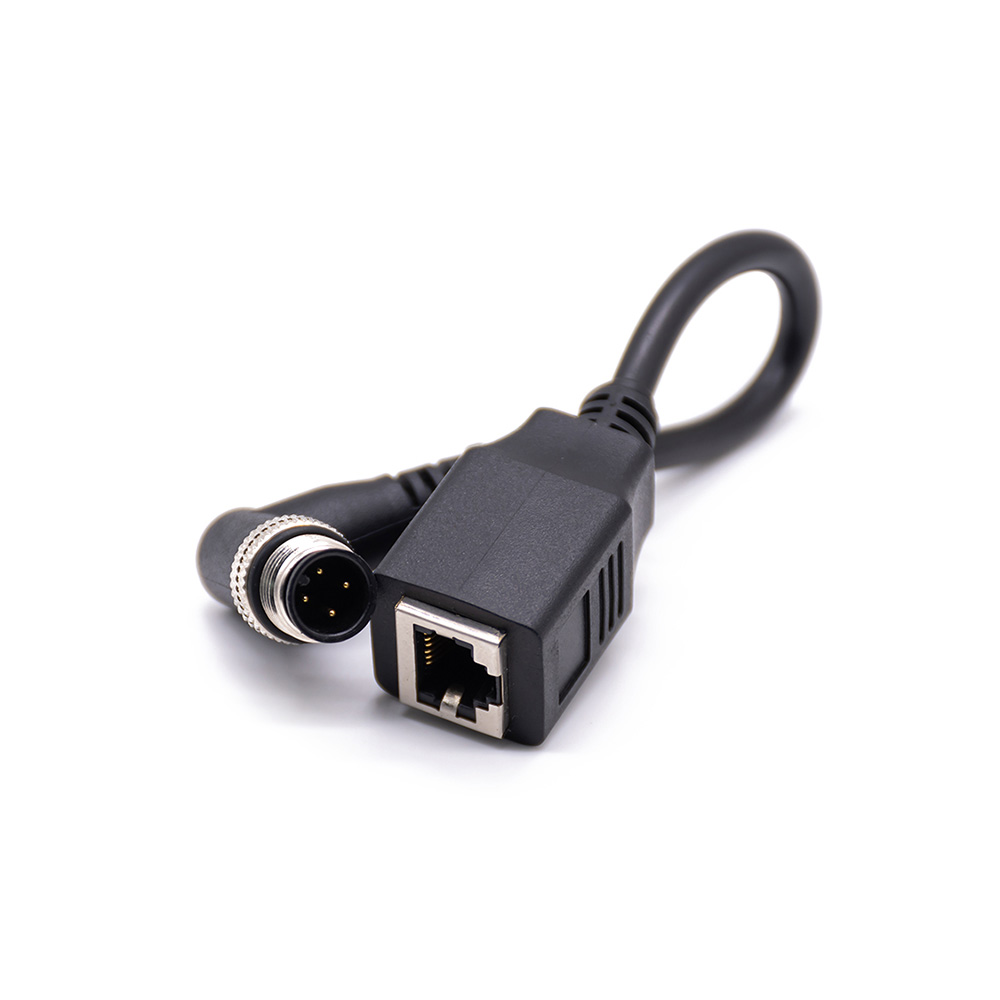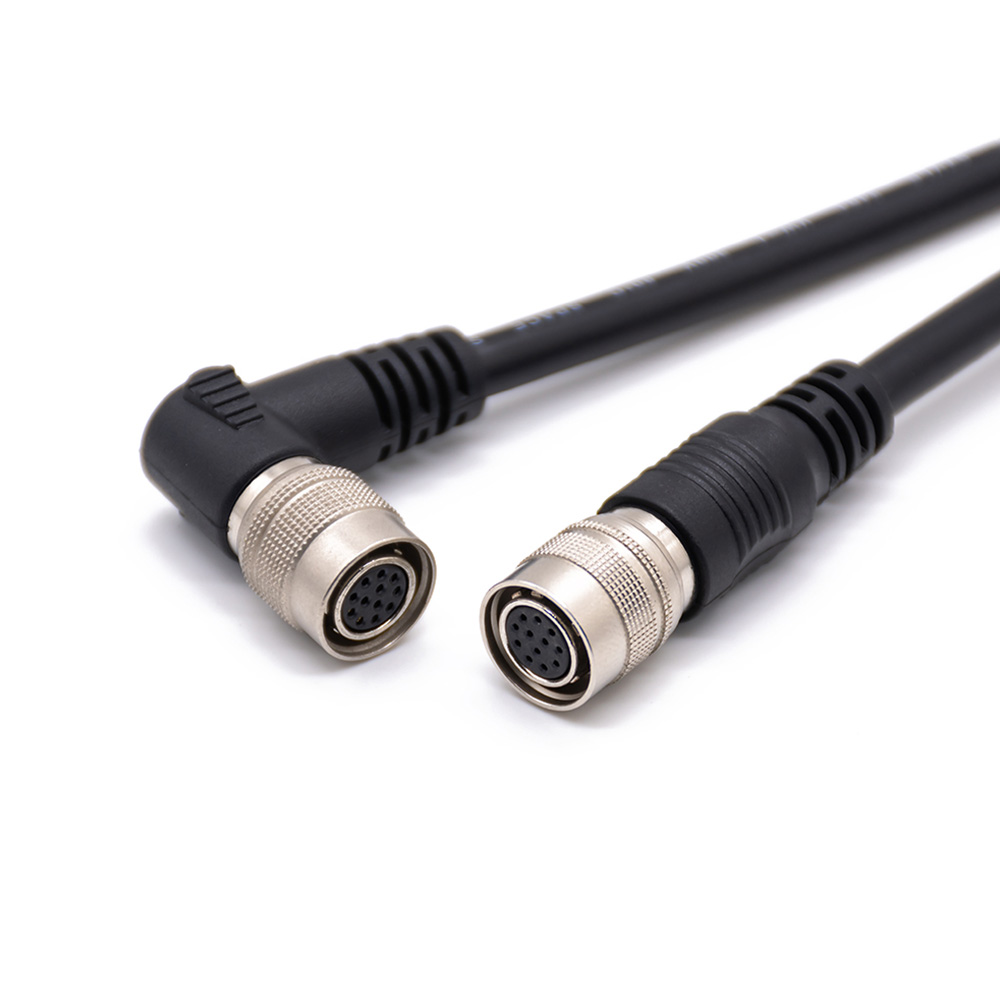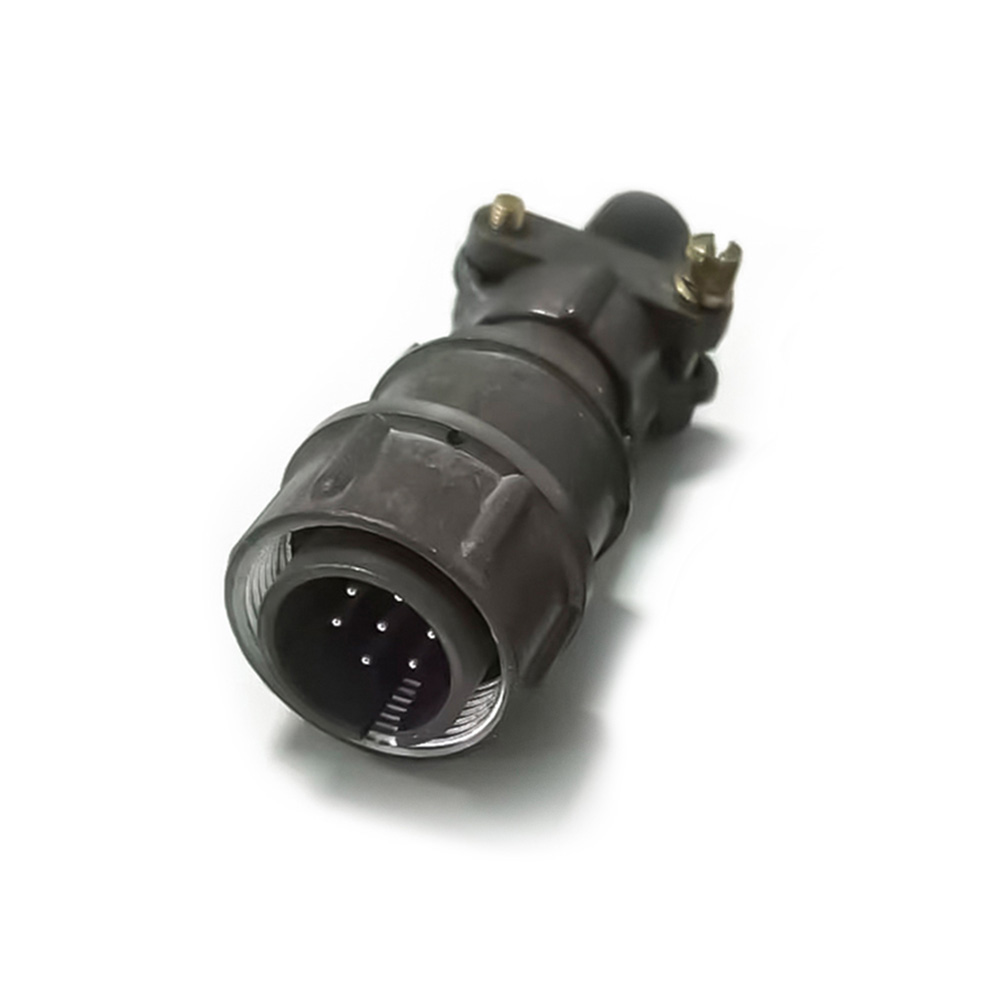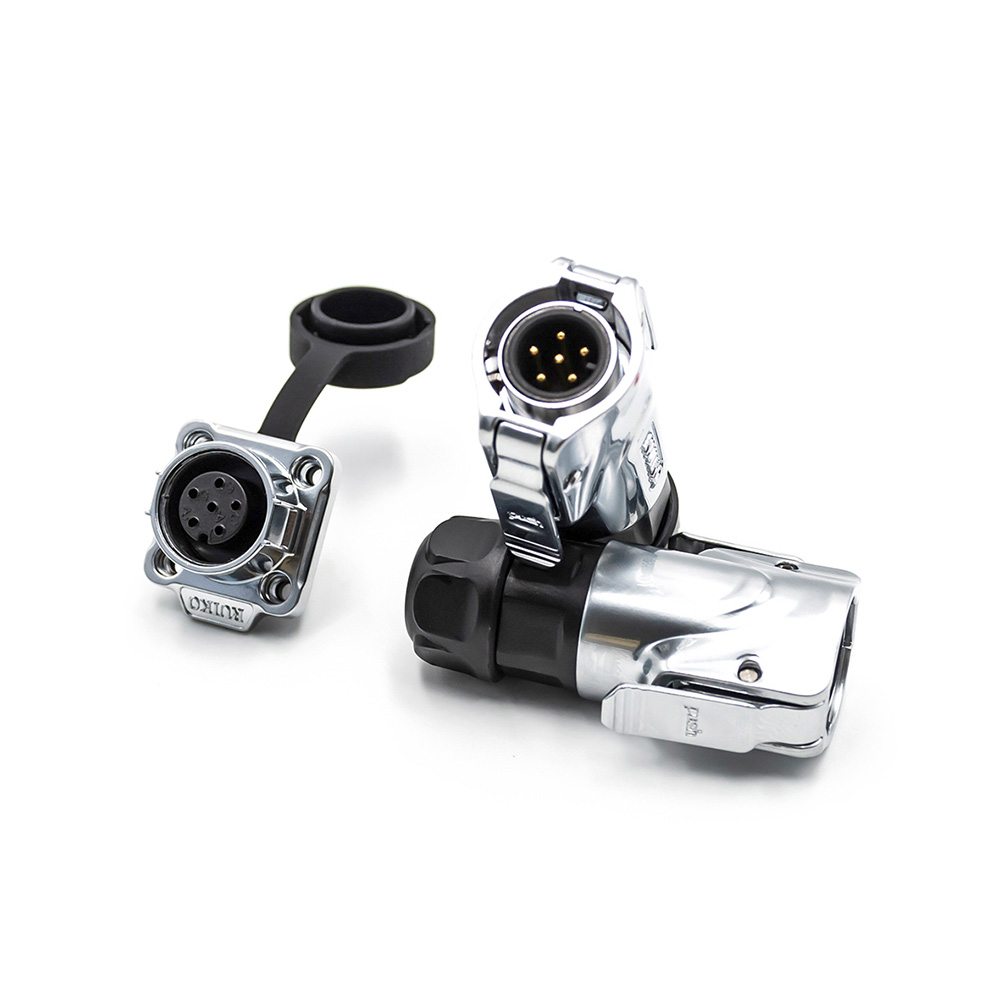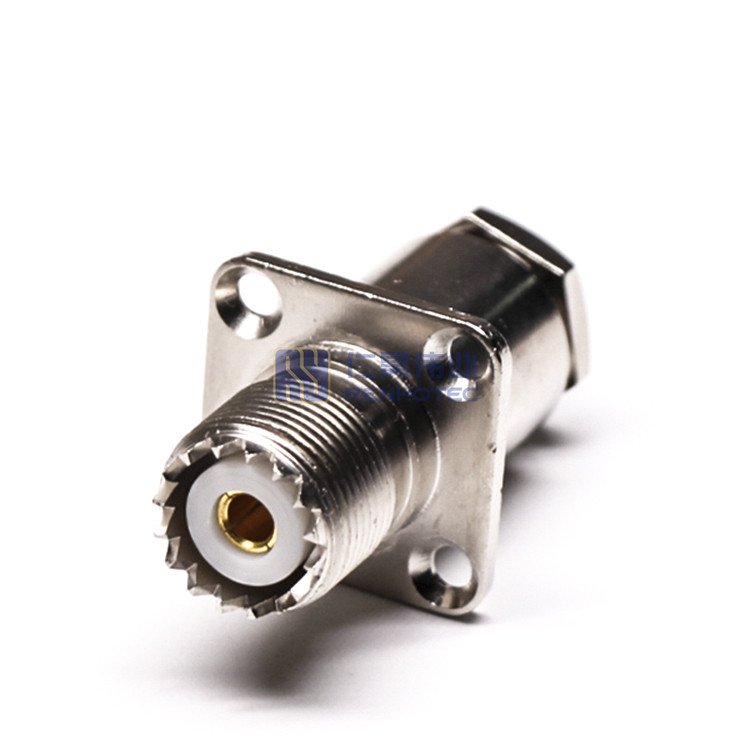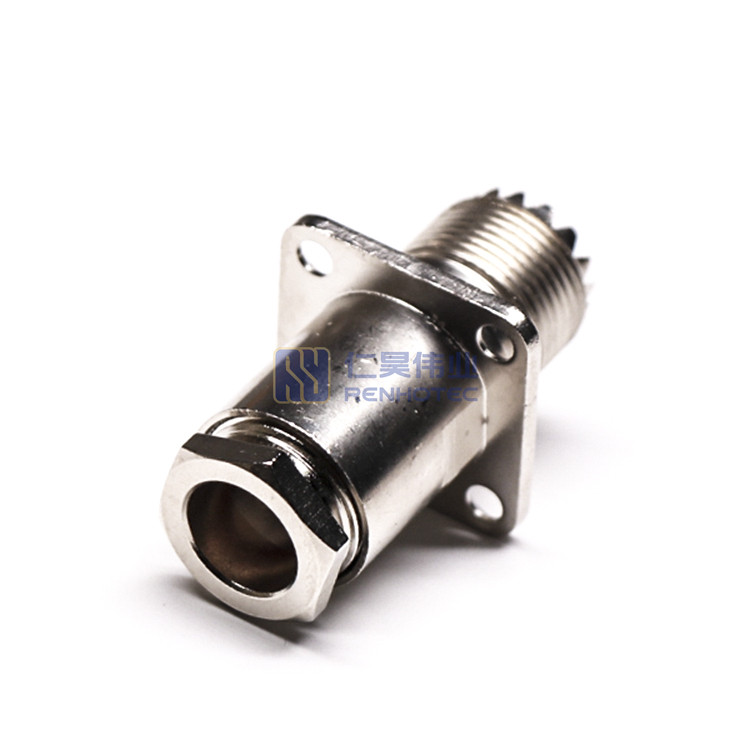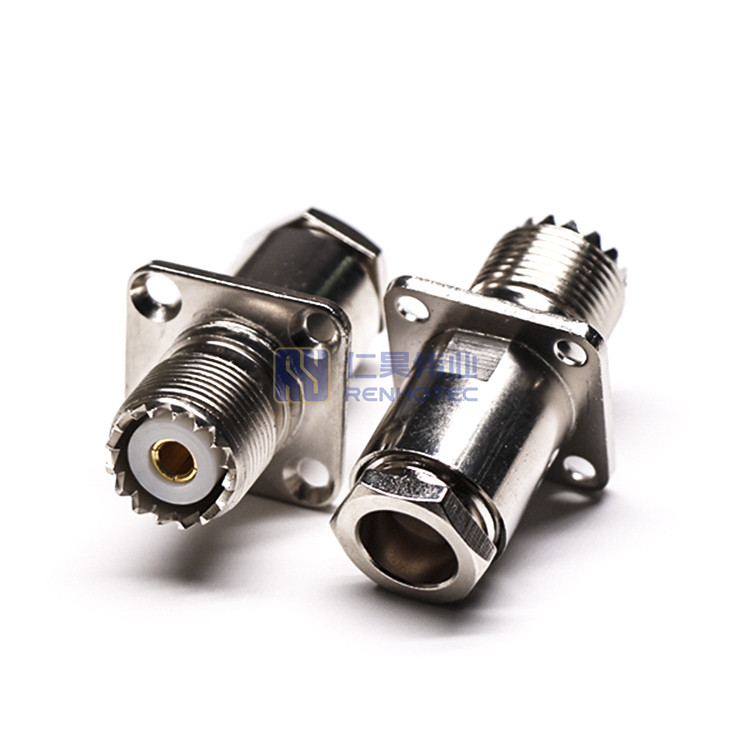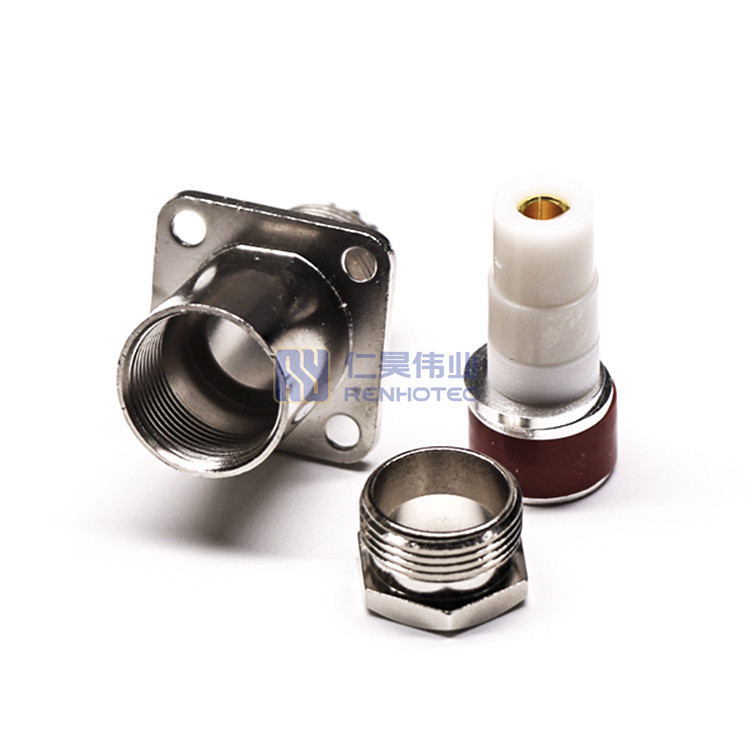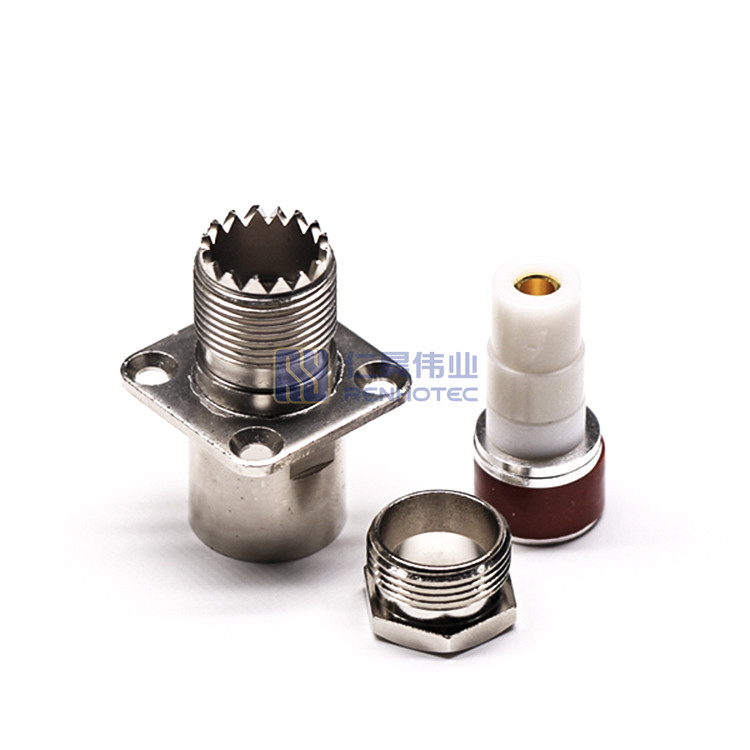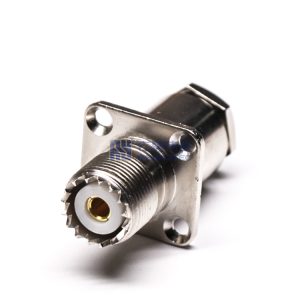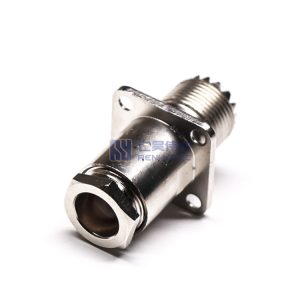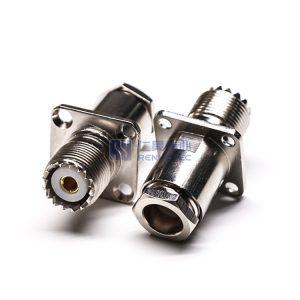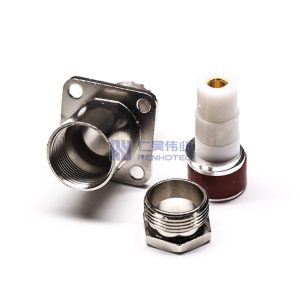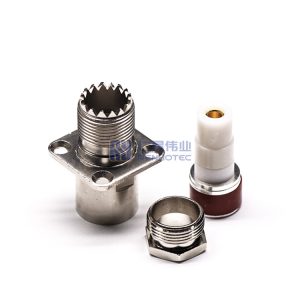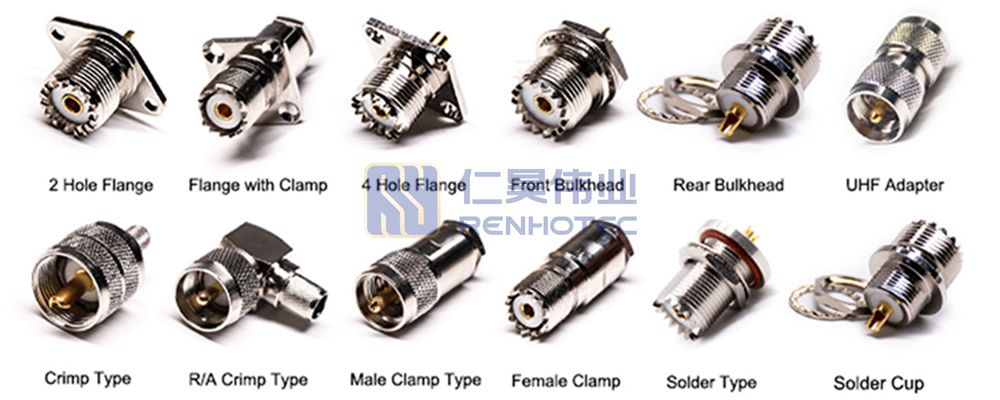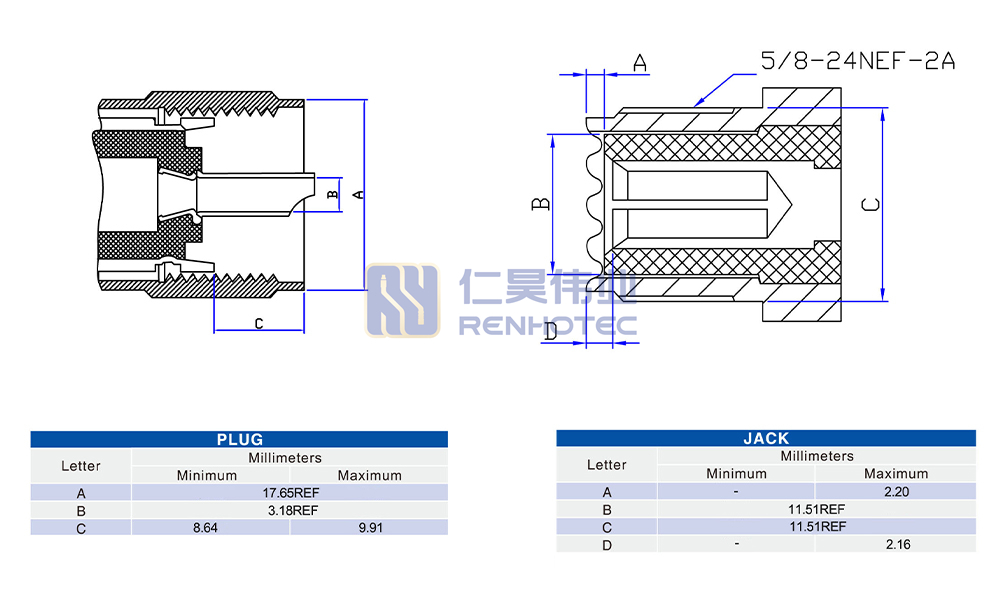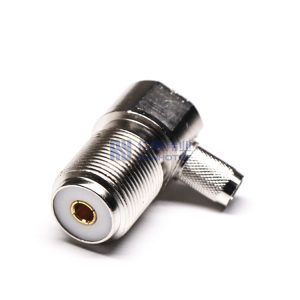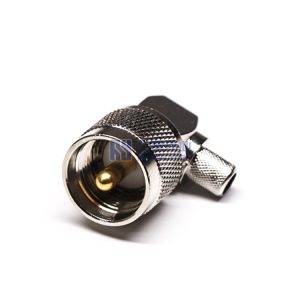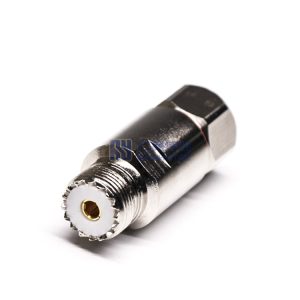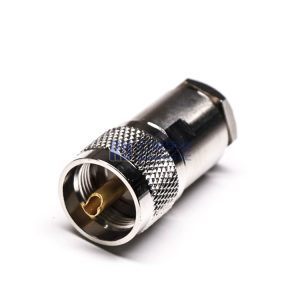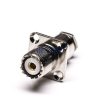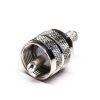UHF Разъем Прямой Джек Зажим Панель Монтаж 4 Отверстие Фланец — RHT-630-0121
Разъем UHF разработан во время Второй мировой войны или ранее, а изобретен в 1930-х годах инженером компании Amphenol Эдвардом Кларком Квакенбушем для использования в радиопромышленности. Наиболее популярный кабельный разъем и соответствующее гнездо для монтажа на шасси имеют старые номенклатуры PL-259 (вилка) и SO-239 (гнездо).
Разъем UHF — это название резьбового радиочастотного разъема. Коаксиальные разъемы UHF надежно передают сигналы на частотах до 100 МГц с резьбовым соединением. Широко используются для антенн, военных, систем оповещения, низкочастотных приложений и т. д.
Разъемы UHF оснащены резьбовым соединением. Разъемы UHF экономичны и популярны благодаря простоте монтажа. Завинчивающаяся заделка UHF с пайкой не требует специализированных обжимных инструментов.
Интерфейс
Приложение
Product Specification
| RF Series | UHF Type |
||
|---|---|---|---|
| Connector Type | Jack |
||
| Orientation | Straight |
||
| Contact Type | Female Pin |
||
| Shield Termination | Clamp |
||
| Mounting Type | Panel Mount |
||
| Mounting Feature | 4 Hole Flange |
||
| Fastening Type | Threaded |
||
| Number of Ports | 1 |
||
| Продукция не найдена | 50 ohm |
||
| Frequency - Max | 300MHz |
||
| Shell Material | Copper Alloy |
||
| Shell Finish | Nickel Plated |
||
| Insulator Material | Teflon White |
||
| Contact Material | Brass |
||
| Contact Finish | Gold Plated |
||
| Insultation Resistance | 5000MΩ Min |
||
| Mating Durability | ≥ 500 cycles (For Beryllium Copper Contact) |
||
| Rated Voltage | 500 Volts Peak |
||
| Temperature Range | -55℃ ~ +149℃ (Mica-filled phenolic insulators), -55°C ~ +85°C (Copolymer of styrene and polystyrene), -65℃~ +165℃ (TFE insulators) |
||
| RF Series | UHF Type |
Connector Type | Jack |
| Orientation | Straight |
Contact Type | Female Pin |
| Shield Termination | Clamp |
Mounting Type | Panel Mount |
| Mounting Feature | 4 Hole Flange |
Fastening Type | Threaded |
| Number of Ports | 1 |
Продукция не найдена | 50 ohm |
| Frequency - Max | 300MHz |
Shell Material | Copper Alloy |
| Shell Finish | Nickel Plated |
Insulator Material | Teflon White |
| Contact Material | Brass |
Contact Finish | Gold Plated |
| Insultation Resistance | 5000MΩ Min |
Mating Durability | ≥ 500 cycles (For Beryllium Copper Contact) |
| Rated Voltage | 500 Volts Peak |
Temperature Range | -55℃ ~ +149℃ (Mica-filled phenolic insulators), -55°C ~ +85°C (Copolymer of styrene and polystyrene), -65℃~ +165℃ (TFE insulators) |
| RF Series | UHF Type |
|---|---|
| Connector Type | Jack |
| Orientation | Straight |
| Contact Type | Female Pin |
| Shield Termination | Clamp |
| Mounting Type | Panel Mount |
| Mounting Feature | 4 Hole Flange |
| Fastening Type | Threaded |
| Number of Ports | 1 |
| Продукция не найдена | 50 ohm |
| Frequency - Max | 300MHz |
| Shell Material | Copper Alloy |
| Shell Finish | Nickel Plated |
| Insulator Material | Teflon White |
| Contact Material | Brass |
| Contact Finish | Gold Plated |
| Insultation Resistance | 5000MΩ Min |
| Mating Durability | ≥ 500 cycles (For Beryllium Copper Contact) |
| Rated Voltage | 500 Volts Peak |
| Temperature Range | -55℃ ~ +149℃ (Mica-filled phenolic insulators), -55°C ~ +85°C (Copolymer of styrene and polystyrene), -65℃~ +165℃ (TFE insulators) |
Strip the cable: First, you will need to carefully strip away the outer insulation of the coaxial cable, exposing the shielded part of the wire.
Prepare the connector: Screw the back part of the connector onto the stripped cable
Solder the connector: Push the wire through the connector and solder it in place. After the solder cools down, screw the connector’s back and front parts together.
It’s essential to understand that UHF connectors, while versatile and useful, have limitations. Their physical size and impedance mismatch mean they’re unsuitable for high-frequency applications above 300 MHz. For frequencies higher than this, connectors such as BNC or N-type would be a better choice.
UHF Plug (Male): Also referred to as a PL-259, it’s the male version of the UHF connector. It is usually found on the ends of coaxial cables.
UHF Jack (Female): Known as the SO-239, the female connector is typically found on equipment such as radios and antennas.
UHF Adapter: These are used to connect two devices with incompatible connectors, or to change the gender of a connector.
Looking for a Bulk Order Quotation?
You've come to the right place! Simply fill out the form below and our dedicated team will get back to you with a comprehensive quote within one business day.

